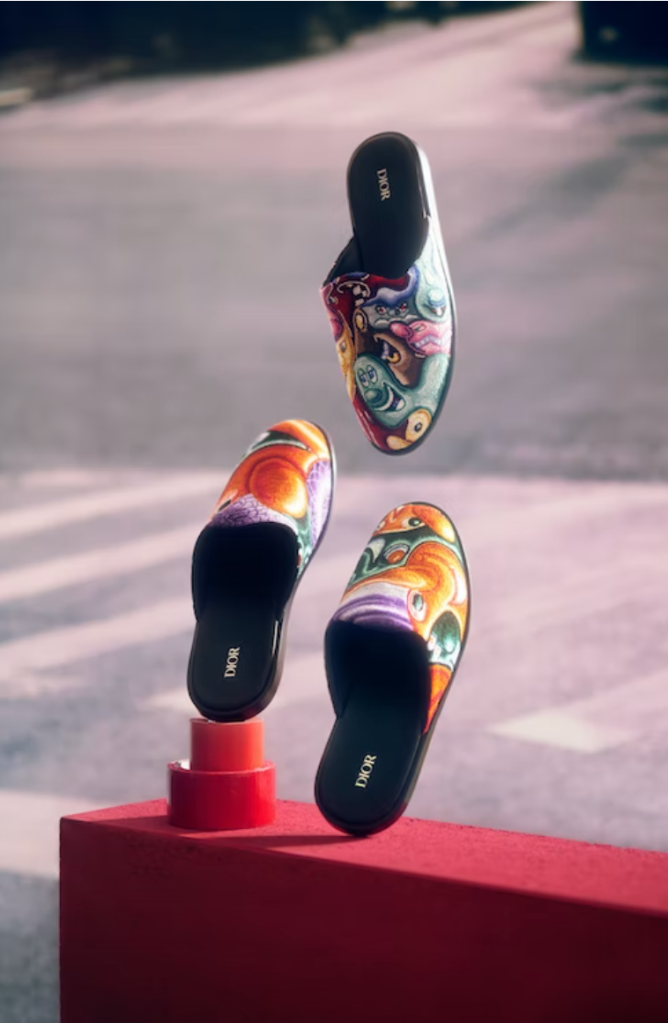Windows and Mirrors:
The idea of windows and mirrors provides a good analogy for insight and reflection for particular subject matter. Windows draw the viewer into a situation and to some extent allows them to establish their own conclusions about what they are seeing. By reflecting one’s own ideas in their work, the image maker is arguably leading the viewer to make certain conclusions. Whether this is to inform or provoke a reaction, the end result is formulated to achieve a particular point of view. As a result, it is useful to question the photographer’s intentions, whether they are creating windows into worlds or reflecting ideas.
In terms of my own photographic practice, my work resonates more closely with the window analogy, as I aim to capture moments of time in a more candid manner. The viewer is able to draw their own conclusions in regards to what they are seeing, without too much manipulation. However there is a question surrounding why a particular photograph is taken in the first place. Surely, by selecting a topic, viewpoint or scene, the photographer is creating a narrative that is influenced by their own values? It is this idea that gives the photographer a responsibility to carefully select their image content and consider the audience that might see it, as the meaning will interchangeably differ depending on these two factors.
Into the Known
Although my own image ‘Into the Known’ appears to tackle the theme of ‘Mirrors and Windows’ quite literally, its purpose is to present a monotonous, ordinary and quite predictable scenario in a way that intrigues the viewer. Its aim is to provide insight into the nature of an activity and mood of a place, in a way that is visually appealing through the use of framing and bold colour that mirrors my practice.
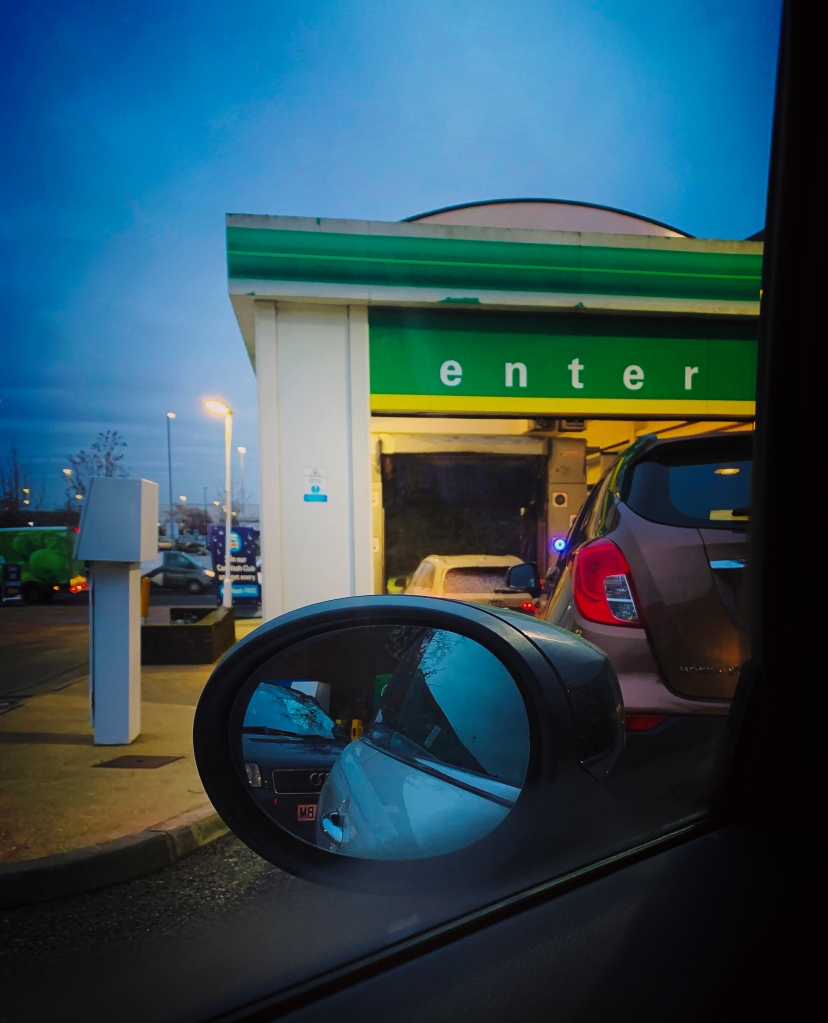
Points of View
The Guardian’s 1986 ‘Points of view advert’ highlights how perspective can change the meaning of a story and why it is worth considering this, when presenting ideas to a wider audience.
Methods and Meaning:
Photography has the power to appear both deliberate and accidental, but the way that an image is presented can help to tell a story or offer insight into a bigger picture. The notion of faux pas is particularly interesting, as the idea of a happy accident that improves the content and perception of an image is one that many people can relate too. It can also reveal unknown elements that might otherwise be overlooked. The example ‘Red’ by Boris Michailov demonstrates this in a poignant manner and also highlights how a series of images can provide a wider insight into cultural patterns.
https://www.tate.org.uk/art/artworks/mikhailov-red-t13358
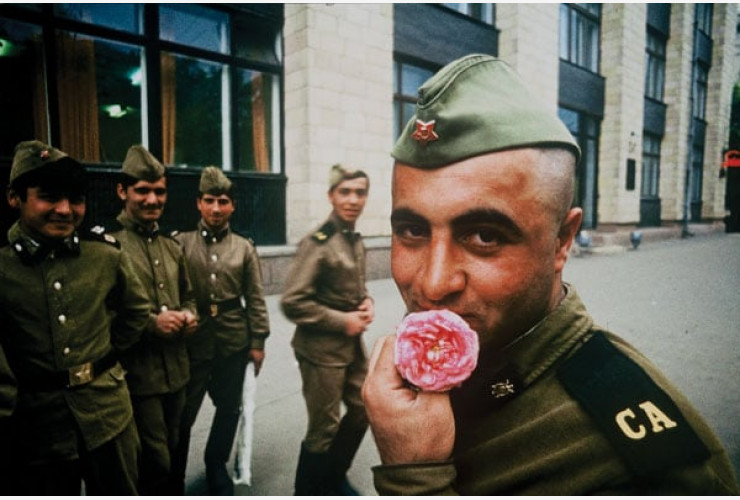
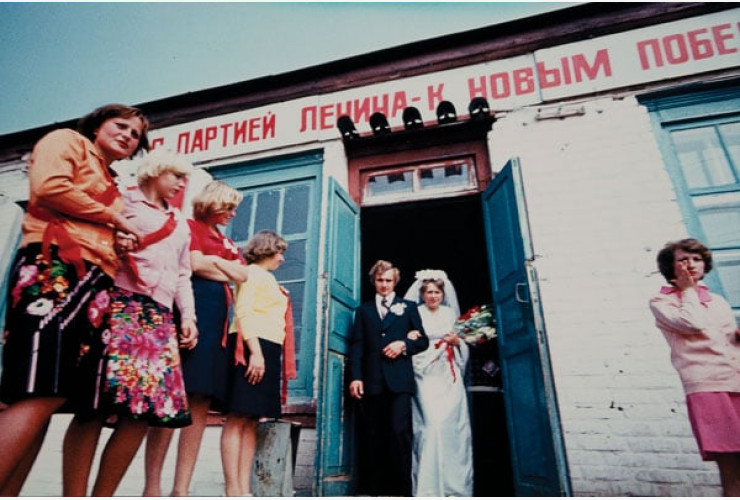
Do it like Boogie
The idea that methodology affects the way that imagery is received is powerful, as it really highlights how certain methods can create a visual rhetoric that can appear to be taken for granted. Processes, techniques and post production all affect the way that an image or body of work is perceived, which in turn aids the image makers concept or ideology. Boogie’s work does this in a way that makes his work appear candid or accidental, but in reality there is thought behind the methodologies used. In Particular the use of psycho-geography, that explores the urban environment and the mental state of those within it, is particularly interesting, as the notion can be seen to influence artists, image-makers and creatives alike.


Psyche Yourself Out
‘Curiosity’ by Henry Eliot, features an excellent spread to inspire readers to get in touch with their surroundings, demonstrating the positive effects of psycho-geography on the mind and soul.

Take a Moment

This snapshot is a sample from an exhibition called Take A Moment, by Ray Burmiston (Ray Burmiston, 2020, Take A Moment, United Kingdom, https://takeamoment.uk/). The images have been collated for the charity Mind and the exhibition is made from a series of outtakes collected from shoots over the years. The collection is designed to encourage people to take a minute to pause and reflect, which is quite relevant during today’s times. I think that this demonstrates nicely how a new body of work can be created from existing imagery that originally would have been used to tell different stories.
The Line
In my own image ‘The Line’, the unknowing subject turned around to look directly at me. It was almost like I’d been caught in the act, but I think that it makes the image much more engaging, as it acknowledges a specific moment in time and questions both the viewer and photographer.
Unlike Take a Moment, where the subjects have their eyes closed, disconnected from the audience, in my own work, I often enjoy the moment that the subject looks directly at the camera. As Diane Arbus felt (Sontag 2008:12):
“I felt a mixture of shame and awe… I always thought of photography as a naughty thing to do – that was one of my favourite things about it, and when I first did it, I felt very perverse.”

Reading Photographs
When reading photographs it is important to acknowledge the power of semiotics, as ultimately the visual rhetoric of an image will determine how it is read. While structuralist views offer an objective approach to deciphering imagery (subject, detail, frame, time and vantage point), post-modernist values highlight the importance of taking subjectivity into account. The Punctum refers to an image’s subjective status. The values of an image that provoke an emotional reaction are often what people will connect to when observing visual content. In conjunction with the Studium, which provides factual insight, the Punctum and Stadium can work in tandem to create a depth of meaning within a singular image or body of work. The article featured in National Geographic, addressing Steve McCurry’s Afghan Girl, highlights how the meaning of interpretation juxtaposed with presented facts can influence the viewer and subject’s response to a photograph.
https://www.nationalgeographic.com/magazine/2002/04/afghan-girl-revealed/
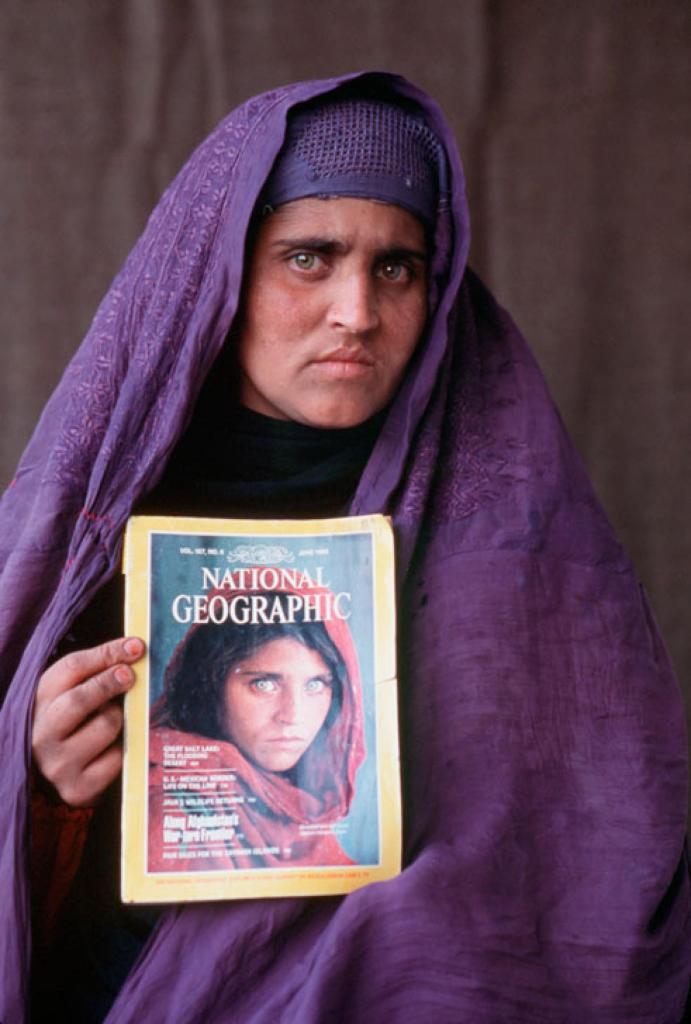
Say What?!
Yolanda Dominquez’s experiment showcasing the reaction of children as they are presented with various advertising images, offers a brilliant insight into how images are read based on subjectivity and one’s own personal knowledge of the world. It highlights how social, personal and emotional responses influence the perception of an image on a very basic level.
http://yolandadominguez.com/en/portfolio/ninos-vs-moda/

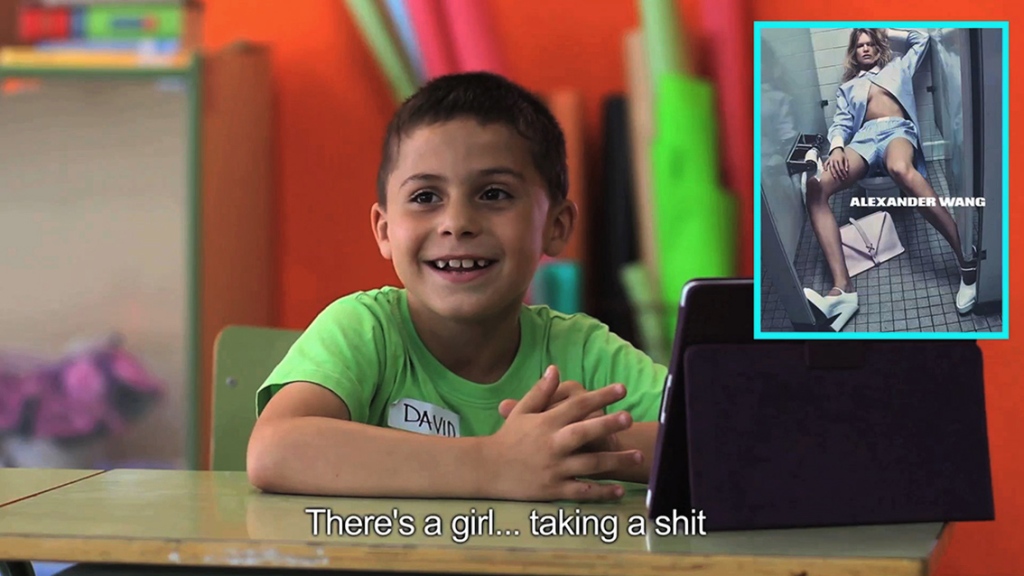
John Walker (The Camerawork Essays: Context and Meaning in Photography, 1997, pg 53) writes about the significant factors that play a part in our ability to read images:
“Ambiguity and complexity of the image is one reason for variations of interpretation. Another is the variety of contexts in which photographs are encountered.”
Frightfully bold
These adverts for IKEA use a really simple idea to convey the personality of the brand. By relying on the viewer’s existing knowledge of the brand and products for sale, the campaign appears witty and engaging. Although the imagery is heavily contrived, the execution isn’t overly complicated and the result is relatable. Very IKEA!
https://www.adsoftheworld.com/media/print/ikea_the_fearniture_collection


Authorship and Collaboration
The idea of collaborating in creative industries is important, as it allows artists, designers and thinkers to work together, learning from experience and different perspectives. The idea of reappropriating this knowledge can often be seen in the form of inspired application, re-mix and in some cases by reworking an existing piece of art or design completely. Simply copying an artwork or idea can often be seen as plagiarism and in a commercial context this is sometimes questionable. However, in the world of art, music and conceptual thinking, often existing work is included, revisited or addressed within a new piece of work with the aim of creating a new narrative.
Sun’s from Sunsets from Flickr by Penelope Umbrico, literally uses found imagery from the social platform to create a collection of imagery that conveys the theme of sunsets to create a mega montage that allows the viewer to compare, contrast and ultimately relate to what they are seeing. It expresses the idea of shared experience, despite the fact that we often feel like our personal moments are unique to us alone.
http://penelopeumbrico.net/index.php/project/sunset-portraits/

Delving into the Unknown
Collaboration can be intended or unintended; it does not necessarily mean that everyone or everything involved in the creative process is aware that they are contributing. The extract from Camera obscura (Photography Consists of Collaboration: Susan Meiselas, Wendy Ewald, and Ariella Azoulay. (2016) 31 (1 (91)): 187–201) demonstrate this notion:
“Collaboration always already lies at the basis of the event of photography; collaboration is its degree zero, as photography always involves an encounter between several protagonists in which the photographer cannot claim an a priori monopoly on knowledge, authorship, ownership, and rights.”
This is the case for every image taken, as everything within the frame contributes towards the photograph’s meaning. In practical mediums, collaboration can be seen in the form of historical images, criminal evidence and documented collateral. In these instances, collaboration is used to form a record and create an archive of ‘factual’ imagery that can be looked back on. It is only when an image is reappropriated that the meaning can potentially change altogether. In a creative space archived imagery can be used to create new bodies of work that were never intended to be made, often with great effect.
Karl Ohiri demonstrates this within his own work and often reappropriates imagery to convey ideas about truth and Identity. By simply mixing words with imagery, the meaning of his featured photographs change entirely.
https://www.karlohiri.com/how-to-mend-a-broken-heart
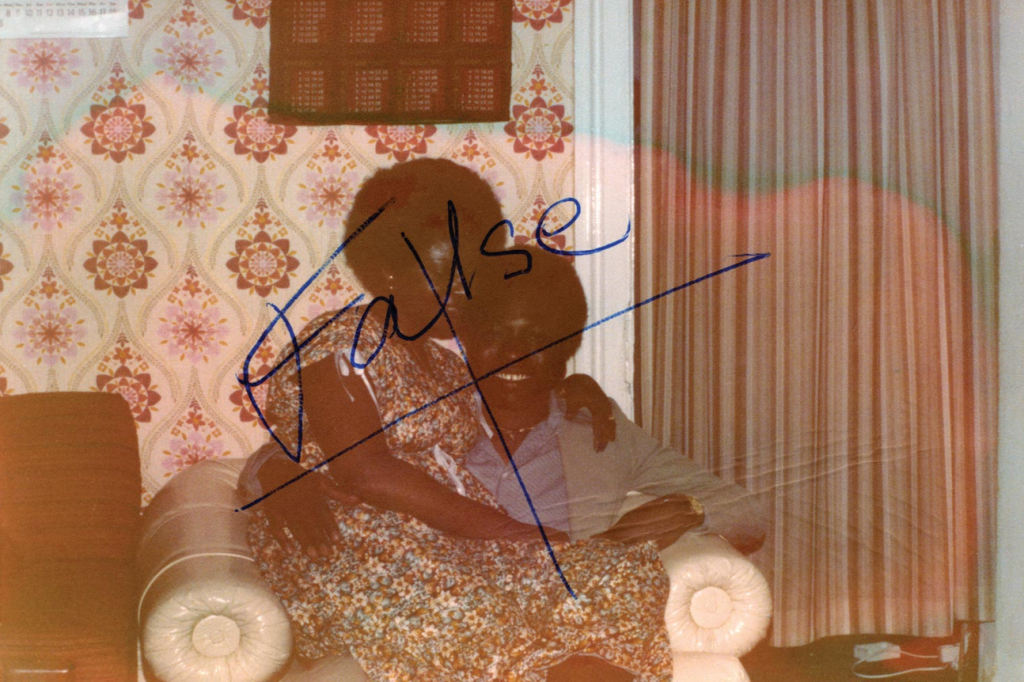
Coastal Recognition
In an attempt to explore methods of collaboration, our team studying MA Photography at Falmouth University investigated the use of our own archived imagery to create a photographic series inspired by the poem ‘Nation’s Ode to the Coast’ by Dr John Cooper Clarke. The poem itself is made up from ideas that various contributors supplied and our body of work aims to depict these, using our individual interpretations to further collaborate.
Our series is a celebration of layered collaboration using work from our personal archives of the British coast and can be seen below:

A big fat sky and a thousand shrieks
The tide arrives and the timber creaks
A world away from the working week
Où est la vie nautique?
That’s where the sea comes in…

Dishevelled shells and shovelled sands,
Architecture all unplanned
A spade ‘n’ bucket wonderland
A golden space, a Frisbee and
The kids and dogs can run and run
And not run in to anyone
Way out! Real gone!
That’s where the sea comes in…

Impervious to human speech, idle time and tidal reach
Some memories you can’t impeach
That’s where the sea comes in
A nice cuppa splosh and a round of toast
A cursory glance at the morning post
A pointless walk along the coast
That’s what floats my boat the most
That’s where the sea comes in…

Now, voyager – once resigned
Go forth to seek and find
The hazy days you left behind
Right there in the back of your mind
Where lucid dreams begin
With rolling dunes and rattling shale
The shoreline then a swollen sail
Picked out by a shimmering halo
That’s where the sea comes in…
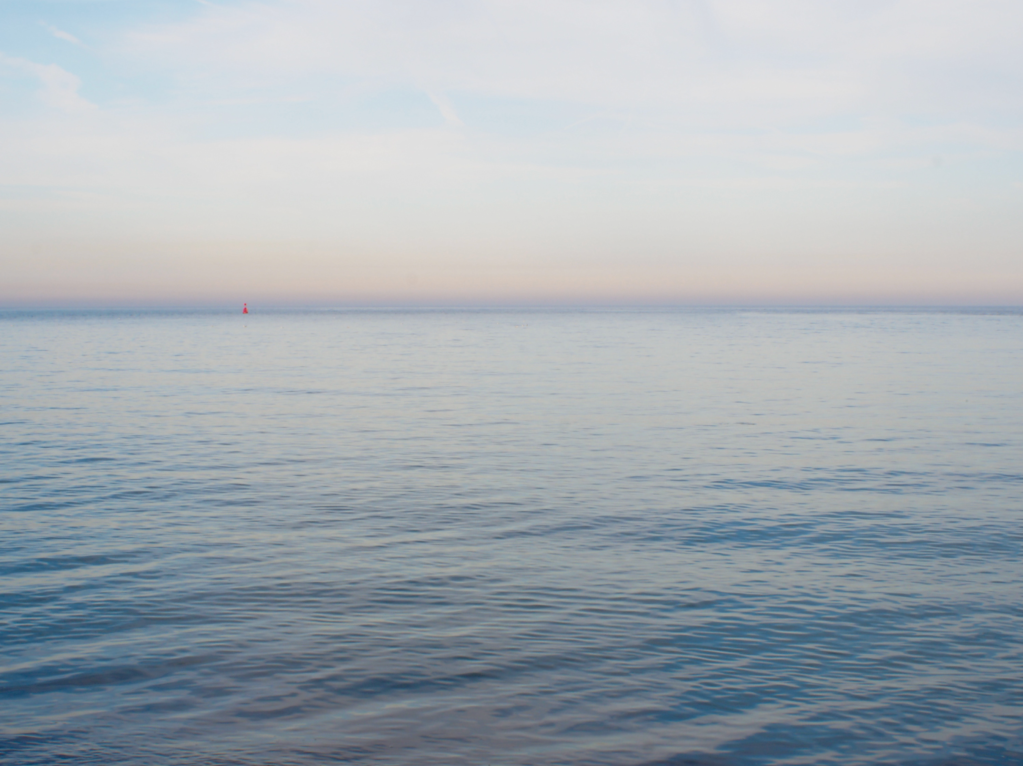
Could this be luck by chance?
Eternity in a second glance
A universe beyond romance
That’s where the sea comes in…
Yeah, that’s where the sea comes in…
The original poem can be heard here:
Preview(opens in a new tab)UpdateLaunchSwitch to draftThere is an autosave of this post that is more recent than the version below.View the autosaveAdd title
Interdisciplinary Practice
Photography is a discipline that originates from scientific origins, serving a purpose to inform the viewer on an educational level. While this is still often the case, the way that photographs are presented alters the meaning and the intended response.
Whether the purpose is to educate, inform or entertain, there is a crossover between disciplines that enhances the value of a photograph. Simon Brown is a British photographer that uses photogrammetry comprised of 15,005 frames to create an image of a navy ship sunk in 1941. The piece was awarded the General Science prize by the The Royal Photographic Society this year.
Simon Brown: Orthophoto of SS Thistlegorm (Copyright © The Royal Photographic Society and the artist, 2021)
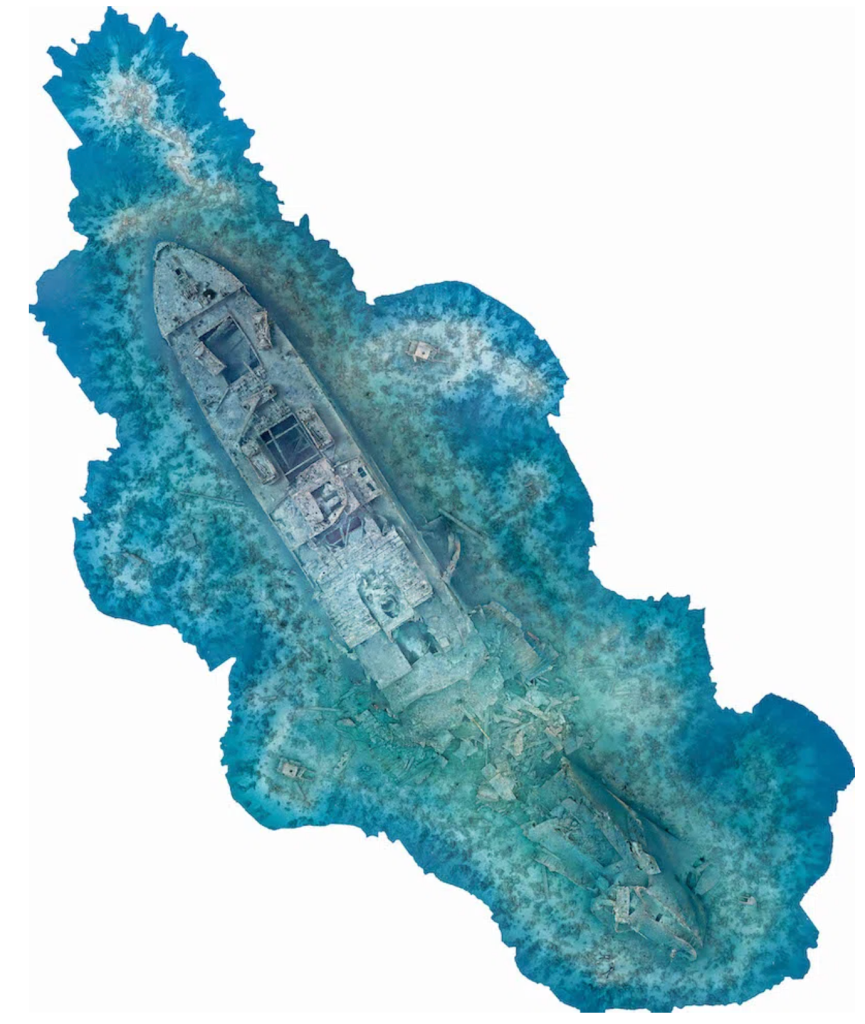
Perspective from Every Angle
French – Moroccan director Randa Maroufi uses both moving and fixed content to create a semi-frozen frame that includes many angles of view to explore perspective and point of view, quite literally in her work ‘Le Park’, showcased in an interview with WePresent. The camera pans around frozen subjects to draw the viewer in and create a sense of perspective. There is something remarkable about the idea of capturing as much as possible, as the human brain does this on a daily basis to make sense of the world around us. In Le Park, the aim is to demonstrate that a singular image is part of a more complex picture.
https://wepresent.wetransfer.com/story/randa-maroufi/
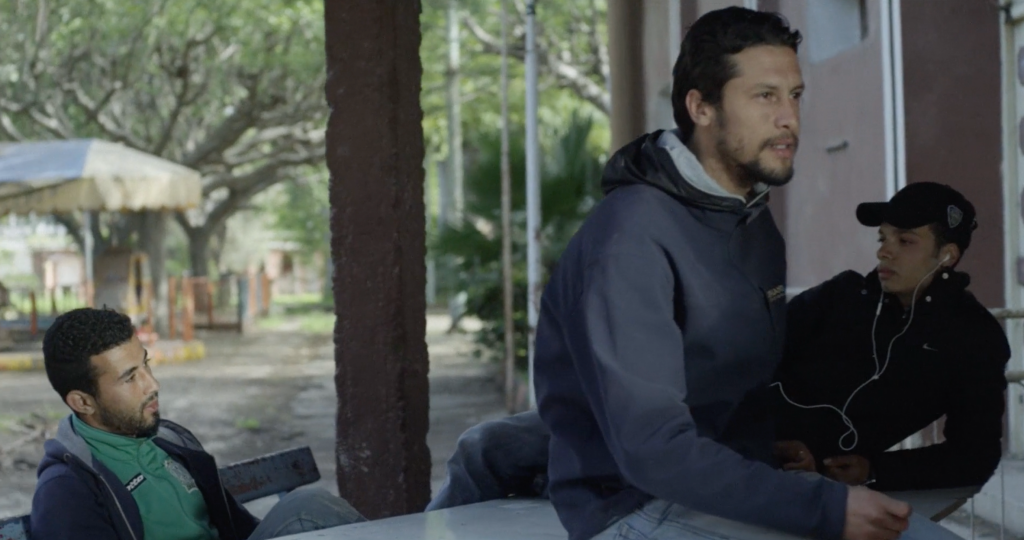
The notion of capturing a variety of angles, expands on the notion that a frozen image depicts one part of a sequence or event. Peter Wollen explores this idea in his chapter of Photography at the cinema, Fire and Ice, when referring to cinema and the act of capturing the ‘process’, ‘event’ and ‘state’ that takes place during a captured moment of time. The idea that a single image cannot capture all of these elements is interesting, as it provides an opportunity to use interdisciplinary practice as a way to do so.
“The lover of photography is fascinated by both the instant and by the past. The moment captured in the image is of near zero duration and located in an ever-receding ‘then’. At the same time, the Spectator’s ‘now’, the moment of looking at the image has no fixed duration”.
Word Up
In my own commercial design work, photography is often used to support or lead a message depending on the information that is being presented. I often collaborate with photographers, curate imagery or art direct shoots to enhance a particular message. I’ve always enjoyed sharing perspective and how an image interacts with type on a page. In a spread for Powerhouse magazine, I selected the image below by Killian O’Sullivan to demonstrate scale in conjunction with the use of type. Although typography is not the focal point of my photographic practice, I think that the way that imagery is presented can create new meaning and an interesting dynamic between the viewer and subject matter.

Words and Pictures
Photographs are often considered to convey subjective meaning to the observer. Even when an image documents a particular place or event, there is still room for interpretation. However, this is determined by the relationship that the image has with additional content such as text. Whether text appears within an image, is applied directly to an image, or is captioning an image, it will alter the visual rhetoric.
When text appears in a photograph’s analogue form, it denotes the context. However, by appearing in such a way, it then has the ability to create new connotations. In Lanna Apisukh’s documentary images of Astor Place Barbershop, the text provides a cultural context, but also evokes nostalgia, as often people enjoy conversation within a barbershop environment. As a result the subtle humour, conveys personality that might otherwise be missed.
https://www.lannaapisukh.com/astor-place-hairstylists
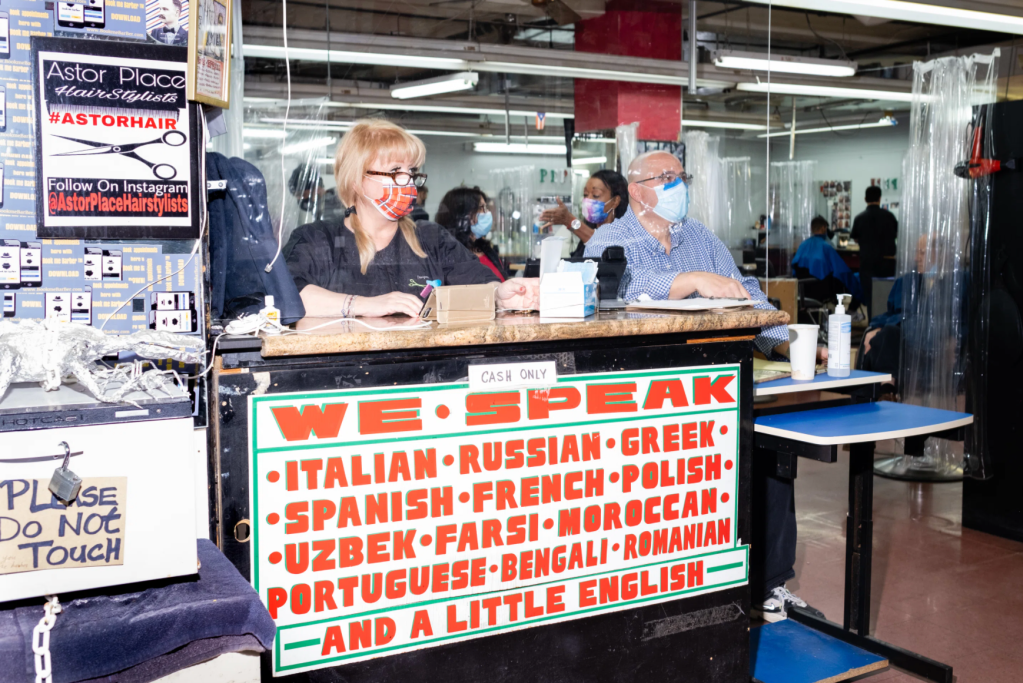
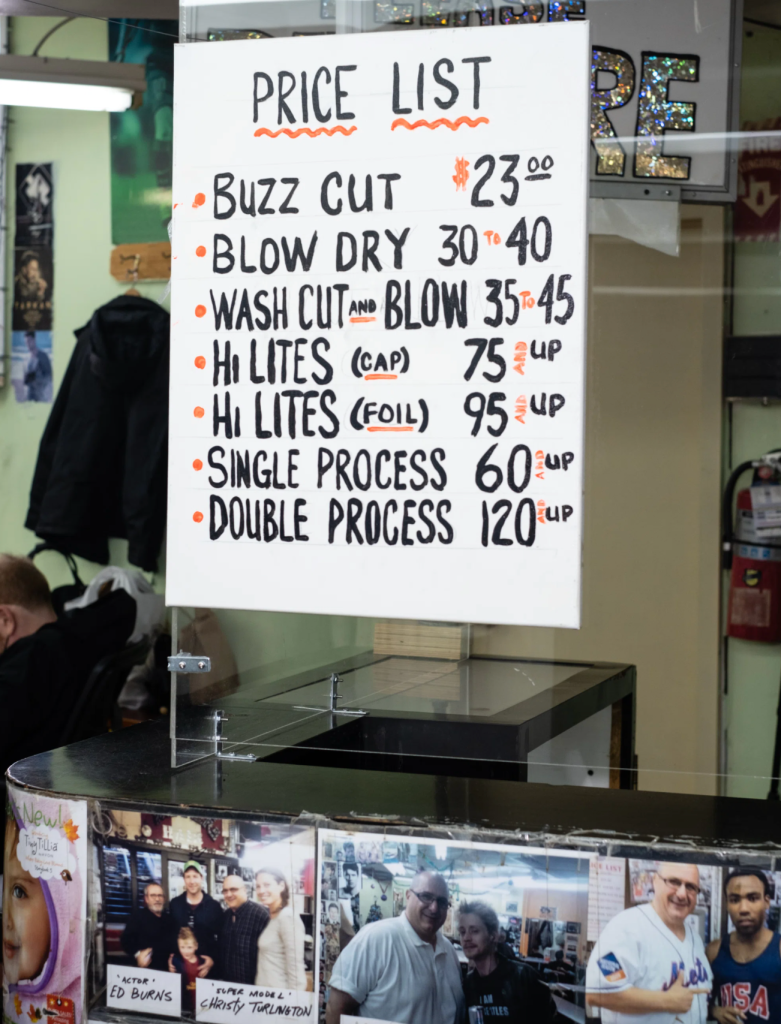
The idea that photography is part of a visual framework is interesting, as it poses questions about how an image might be received. The connotations of text ultimately affect how an image is read, leading the viewer to pre-defined conclusions. As Barthes conveys in the essay ‘The photographic message’:
“The structure of the photograph is not an isolated structure, it is in communication with at least one other structure, namely text”
Shout All About It
Desmond Palmer is a designer that uses text and photography to directly influence the viewer’s reading of his work. There definitely isn’t any subtlety here, as the viewer is addressed directly. The acidic colour palette and brash typography visually shouts at the viewer what the image connotes. Without the treatment and typography, the imagery would be read very differently and would be left open to interpretation.

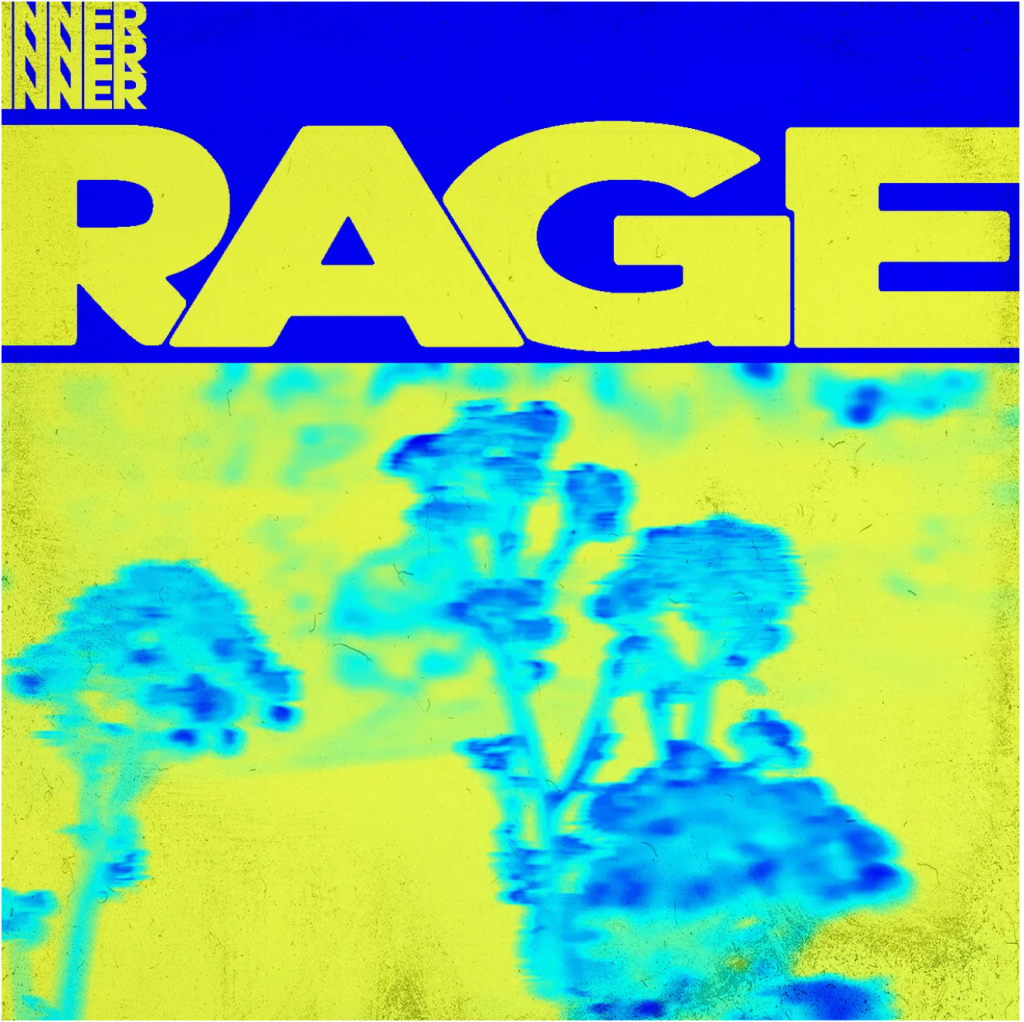
Open to Interpretation
In my own work text is influential, as I explore the relationship between text and imagery on a daily basis. In my early work ‘Highly Desirable’, I explore how text influences the perception of the subject matter by loading each image with a given word and question mark. As a result the viewer is asked directly for their interpretation, despite the fact that they are being presented with words that allude to a specific meaning.


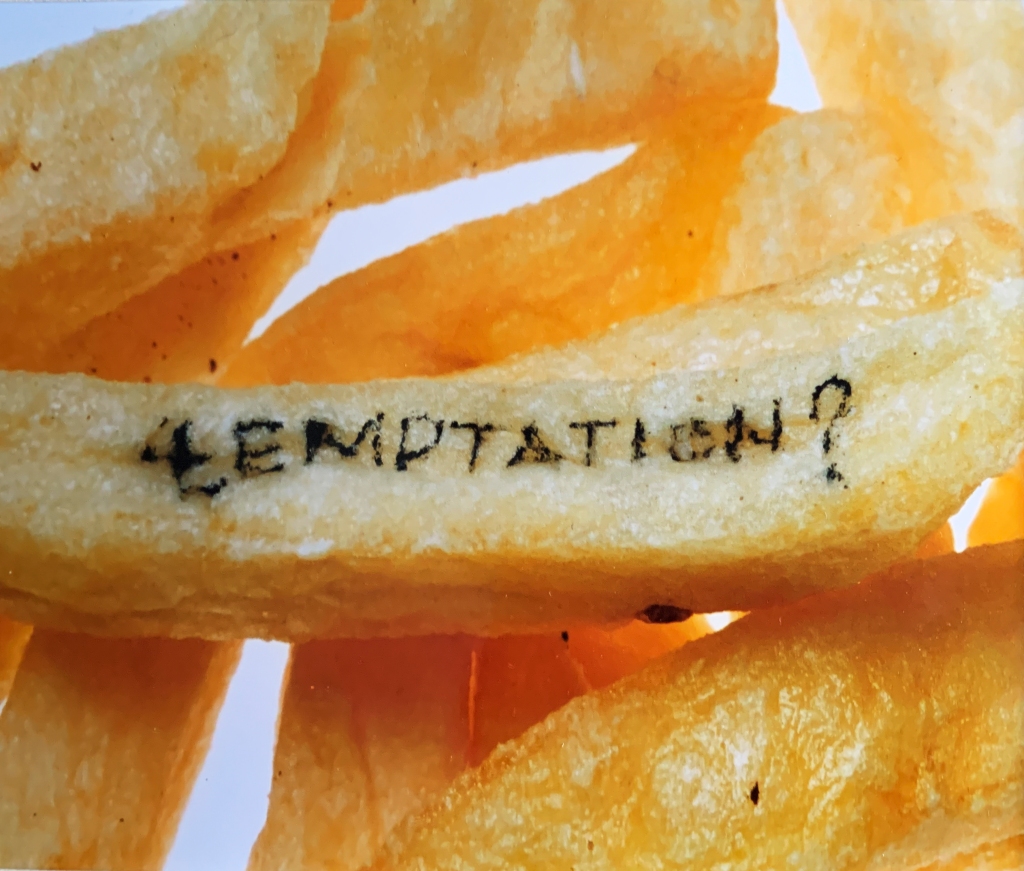
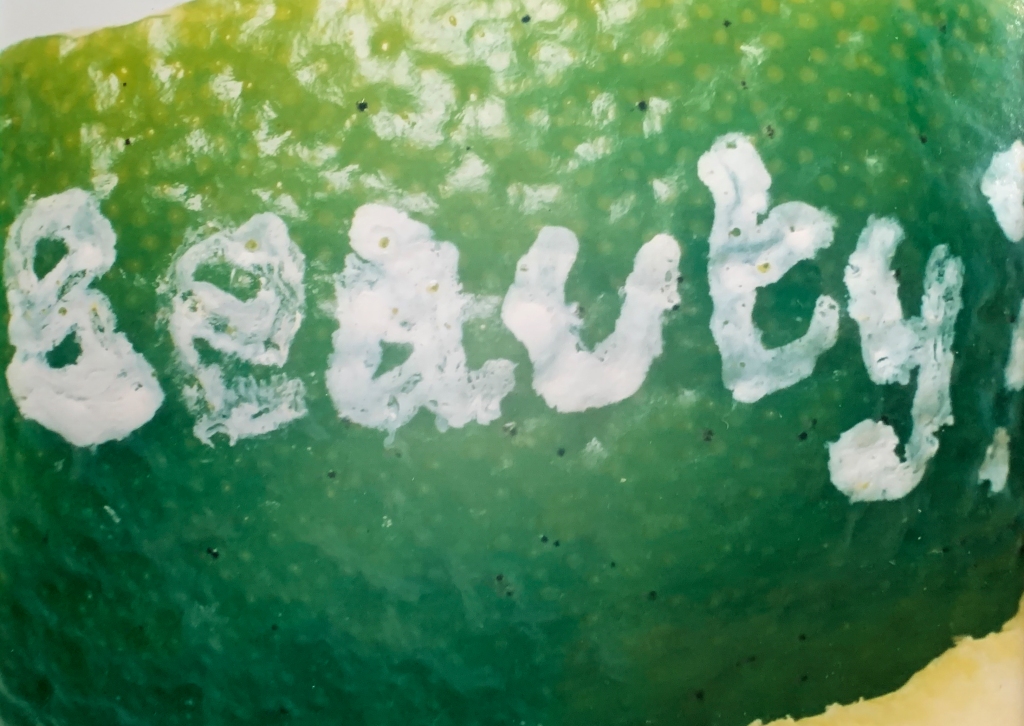
Audiences and Institutions
The invention of photography led to a variety of intentions for its use. The reality that a particular scene, object or subject could be repeated and distributed on mass, was revolutionary and there were different ideas about how the medium should be used. William Henry Fox Talbot was an advocate for using photography to replicate what the observer could see in clarity and detail, whereas competitor Louis Daguerre sought to focus on mass production that would later be used for commercial purposes to reach large audiences.
The image below is one of the earliest images made by William Henry Fox Talbot and explores the concept of replicating a subject for educational purposes.
https://www.metmuseum.org/art/collection/search/282756
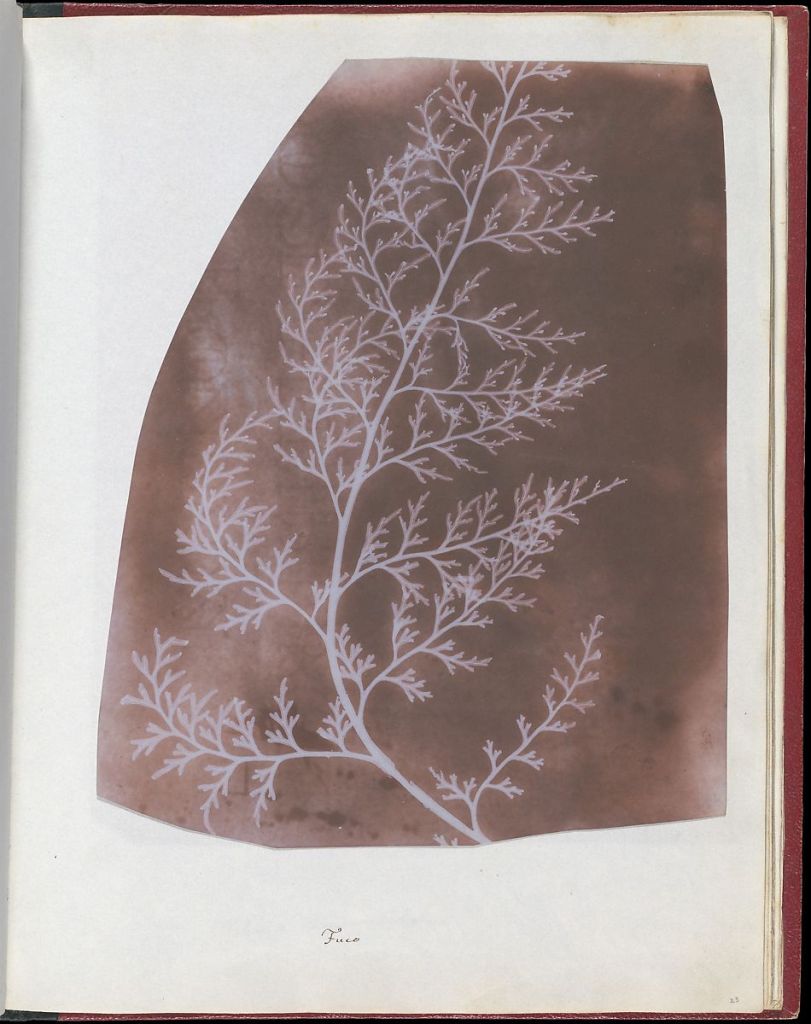
Kodak Moments
The invention of institutions such as Kodak, transformed the way in which photography could be accessed by consumers and viewers, as technical knowledge of photographic processes would be taken care of, on behalf of the photographer. This would not only change the way that images were made, but also the way that they would be received, as ‘amateur’ photographers could start to create image libraries. The reason for taking images is almost dictated by the institution through advertising, appealing to specific demographics. Not only does this suggest the photographer’s role in a social context, institutions such as Kodak would have a monopoly over the industry, controlling its very nature. Term’s such as the ‘Kodak Moment’ would be coined, suggesting that the brand and its methods were the best and the most ‘professional’.
https://www.saturdayeveningpost.com/2017/09/vintage-ads-kodak-cameras-1901-1965/
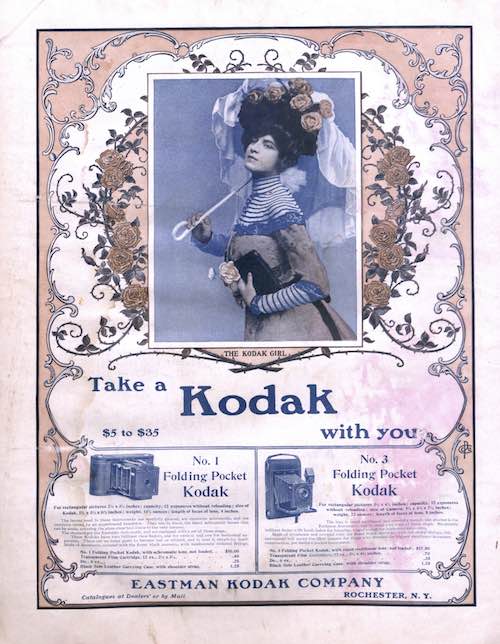

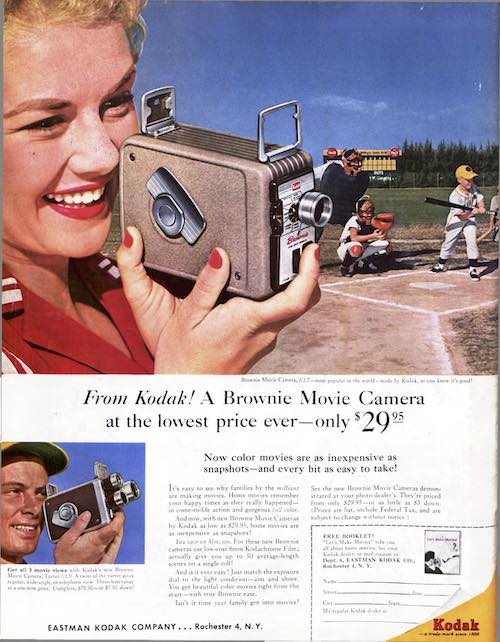
Going Lomo
Lomography is a style of photography that has become particularly influential within recent years, as the vivid colour, imperfections and worn aesthetic create a sense of nostalgia that appeals to audiences, as it evokes memory. Social media filters simulate the lomo aesthetic and it is the audience’s understanding that although these images look dated, they are in fact modern representations of quite literally rose tinted experiences. In my own social images, the aesthetic amplifies the content and suggests that the imagery is of an artistic nature. As Nathan Jurgenson writes in The social photo: on photography and social media:
“filters would fade the image (especially at the edges), adjust the contrast and tint, over-or undersaturate the colors, simulate lens effects and color distortions such as chromatic aberration, blur areas to exaggerate a shallow depth of field, add imitation film grain, and so on. Often, the photos are made to mimic the look of having been printed on physical photo paper.”

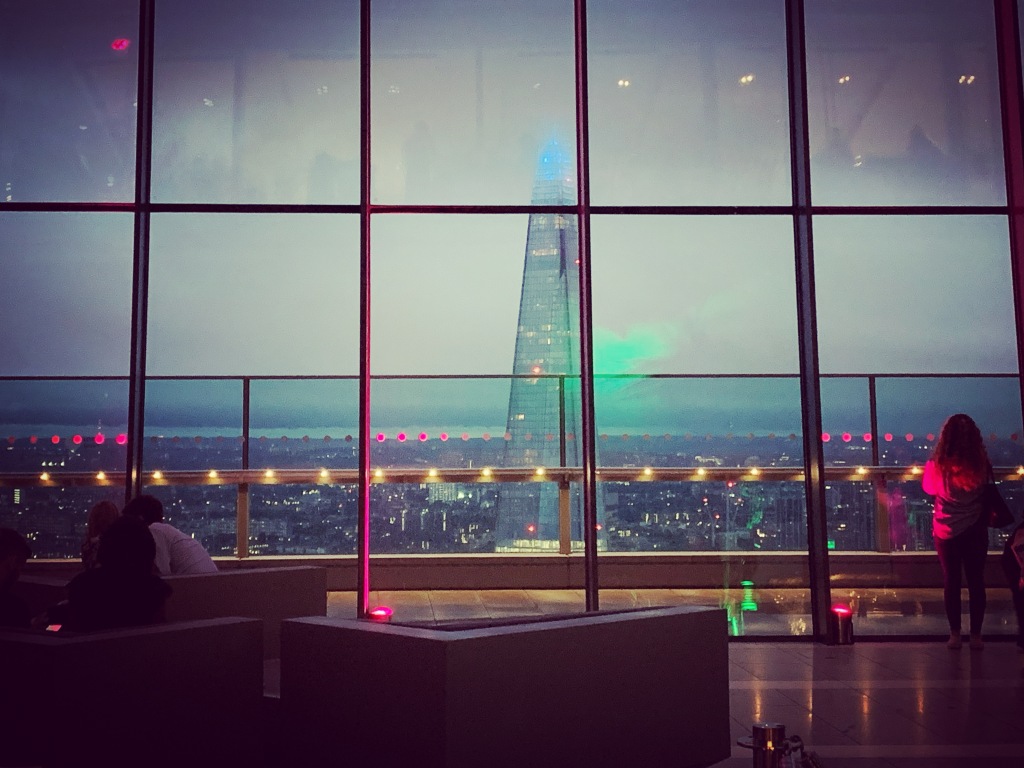

Keeping Things Social
Much in the same way that Kodak influenced photography as an art form, mega brands such as Apple continue to revolutionise the industry. The boundaries between amateur and professional photography appear blurred, as the technical capabilities of devices and the way that imagery can be shared is more accessible to consumers.
Apple has run several campaigns that appeal to the everyday consumer.
https://www.adsoftheworld.com/taxonomy/brand/apple
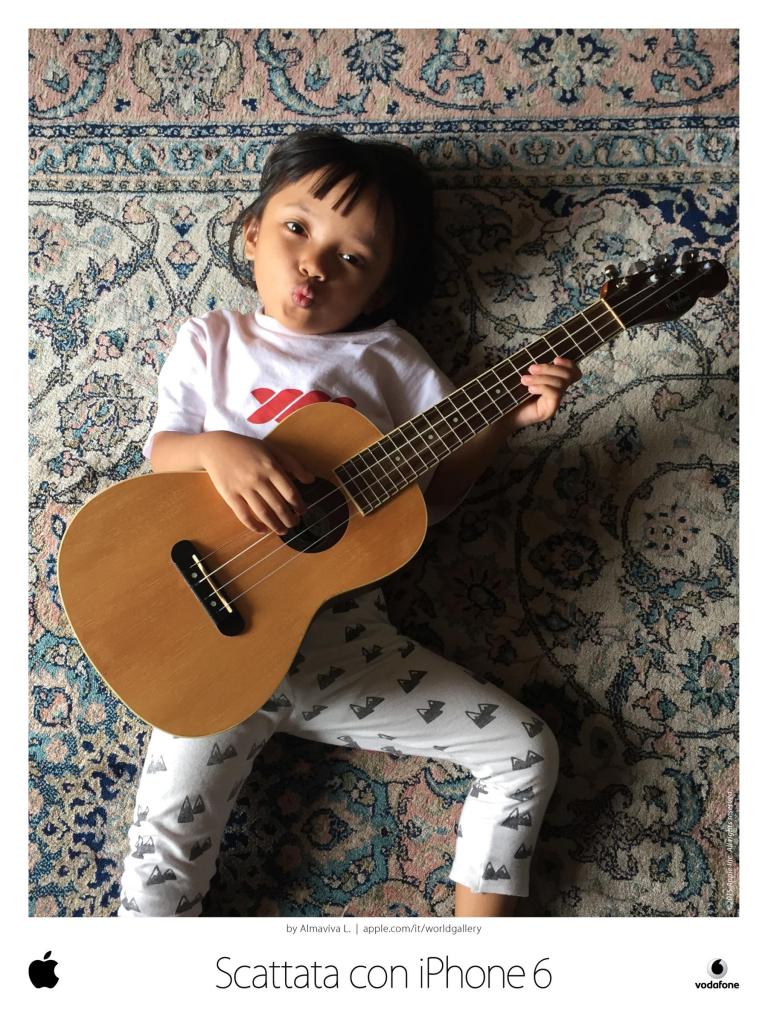
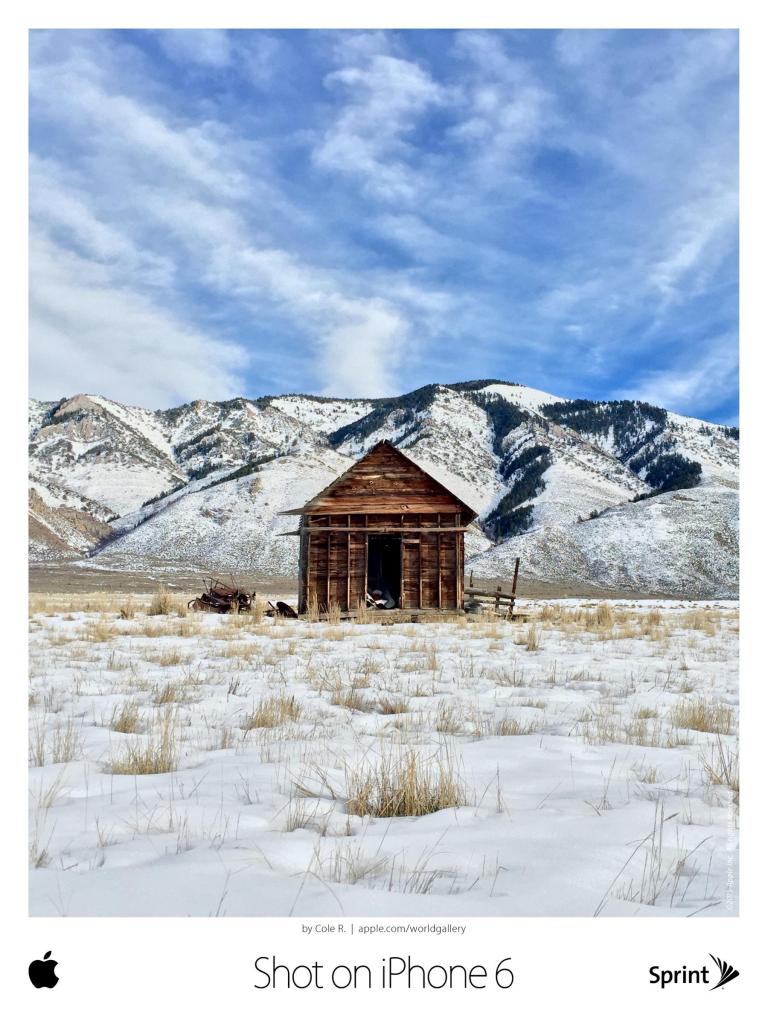
However, despite technological advances, it is the intent of the photograph that defines the way that it is read, whether professional or amateur. An image may have the technical traits to be considered image-worthy, but this ultimately depends on the audience privy to the image and where the image will be seen.
Social media sets the tone for judging quality of content through affirmation from viewers, however this does not necessarily warrant the success of an image, as the platform is set up to be used with specific intentions in mind, just as any piece of work is designed to be. As Nathan Jurgenson expresses:
“Photography arrived as a new technology like a kind of magic, allowing you to document the world in new ways and to share these frozen bits of lived experience with people who weren’t present for them.”
Nature and Culture
People’s relationship with nature is often considered as primal and the idea that something is ‘natural’ often refers to its original state. It is evident that there is a clear juxtaposition between ‘natural’ and ‘man-made’ despite the fact that the two are often part of the same environment. In art culture the man-made is often portrayed negatively in comparison with natural elements that are quite literally described with phrases like ‘As nature intended’ and ‘Natural beauty’. These ways of describing the subject instantly promote a rhetoric that suggests that the opposite of nature is some kind of ‘other’, when the reality is that everything in the world is somehow part of nature, whether human or not. This can be dangerous, as viewers can become disconnected with parts of the world that are part of their own in a positive way.
Photographer Maciek Pożoga photographs Japanese Macaques in both natural and man-made settings, highlighting the connection that humans have with the mammals. By shooting them in a direct manner that engages with the subjects and their surroundings, the photographs highlight the crossover between natural and man-made environments, demonstrating that they are in fact part of the same entity. This is achieved, as the viewer can relate to the mannerisms and body language of the species. This instantly breaks down the barrier between the natural world and human influence.
https://www.maciekpozoga.com/assignments-collaborations/snowmonkeys



Dorothea Born explores this concept in her writing for ‘Nature gone wild’:
“We need to start seeing Nature in humans and the human in Nature”
So Sublime
The idea of The Sublime is associated with the notion that a great emotional response can be generated from an image of a scene or place. Sublime imagery can often appear visually uncomfortable, using scale to create a sense of grandeur that demands the viewer’s attention. This works well to create visual dominance that persuades the viewer to feel and react in a particular way in response to an image. While this might be effective in a commercial context, it does raise questions around how these types of images are used. By creating a narrative that portrays particular landscapes as negative, the viewer’s perception can be driven by fear and disgust that prevent a positive response or solution to what they are seeing. This is particularly the case with imagery that is used to show issues such as climate change, sustainability and human waste.
Edward Burtynsky’s photography of China uses The Sublime to connect with particular issues. Images of Chinese ship yards convey the work that China is doing to increase their fleets. The stature of the subjects featured instantly appears ominous, but there is actually a positive story behind the imagery that narrates China’s success as a major part of the World’s global supply chain.
https://www.edwardburtynsky.com/projects/photographs/china


Photography, Power and Others
Photography is a medium that gives the photographer power to represent subject matter in a way that they choose. Although image-making can empower the subject, by providing a platform or voice, it can equally take away power from those represented within in an image. The balance of power depends on the relationships between the author, subject and audience. The more equal this balance is, the more morally considered an image is. To achieve this, the photographer needs to consider their subject matter carefully and the context of which their imagery will be seen. Taboo subjects can sometimes be uncomfortable to portray, due to social conventions that determine what is acceptable in society. However, it is important to address issues and allow the viewer to question what they are seeing to allow ideas and social praxis to evolve. As a result, the photographer needs to assess the risks involved within their own work, by considering what they are and who they affect carefully. As Ariella Azoulay expresses in Photography consists of collaboration, Camera Obscura:
“Photography can be used to wield power, but it can also be used to restrain power and to imagine”
Who’s Looking?
The perception of an image not only depends on who is looking at it, but also on the gaze of the author. This gaze is directing the viewer to witness content in a subjective manner that is prompted by the photographer’s own experiences, ideas and viewpoints. If a piece of work is dominated by a male gaze, the representation of women differs to that of imagery led by a female gaze. Equally a western gaze can change the way that an image is perceived, which will be effected further by the context in which an image is seen.
Bettina Pittaluga is a photographer that is led by sociology and her work heavily focuses on the relationship between the subject matter, audience and author. Her work is directed by a female gaze and concerns itself with honest representations of her subjects, exploring themes of identity and human connection. The audience’s participation is key to this, as they adopt assertive postures and lock eyes with both the photographer and viewer. Consequently, the audience is invited into the scene and permission is granted for them to enter the world within it, in all its authenticity.
https://www.instagram.com/bettinapittaluga/?hl=en

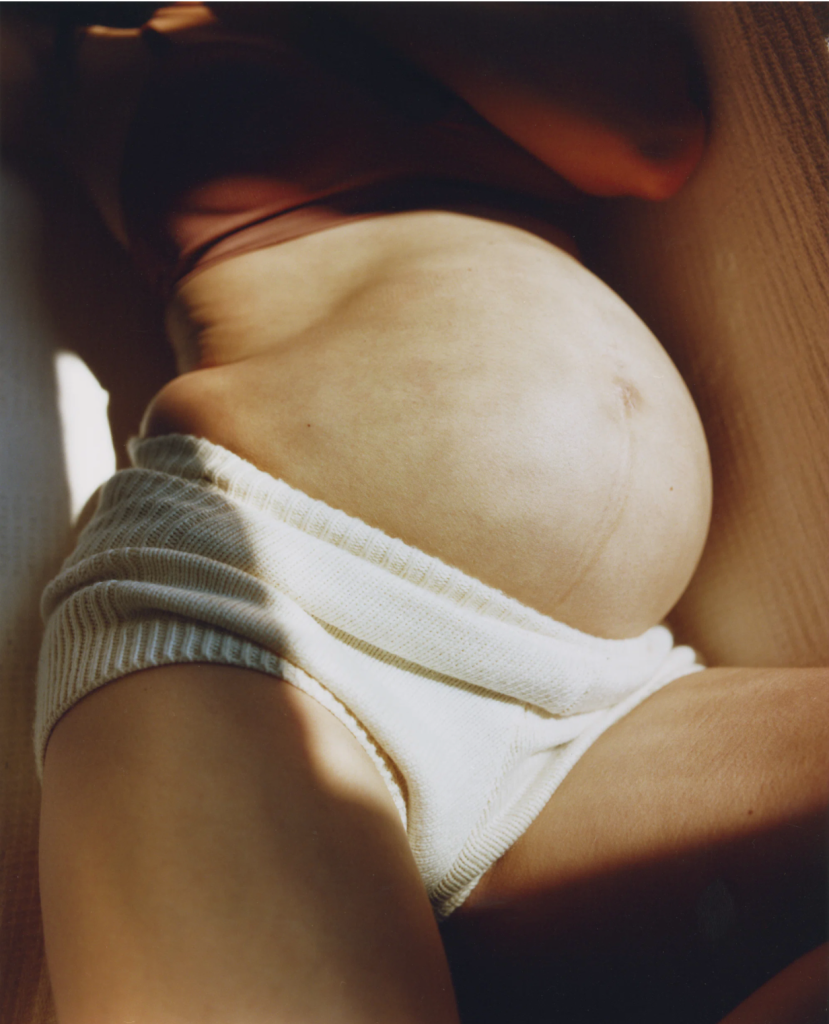
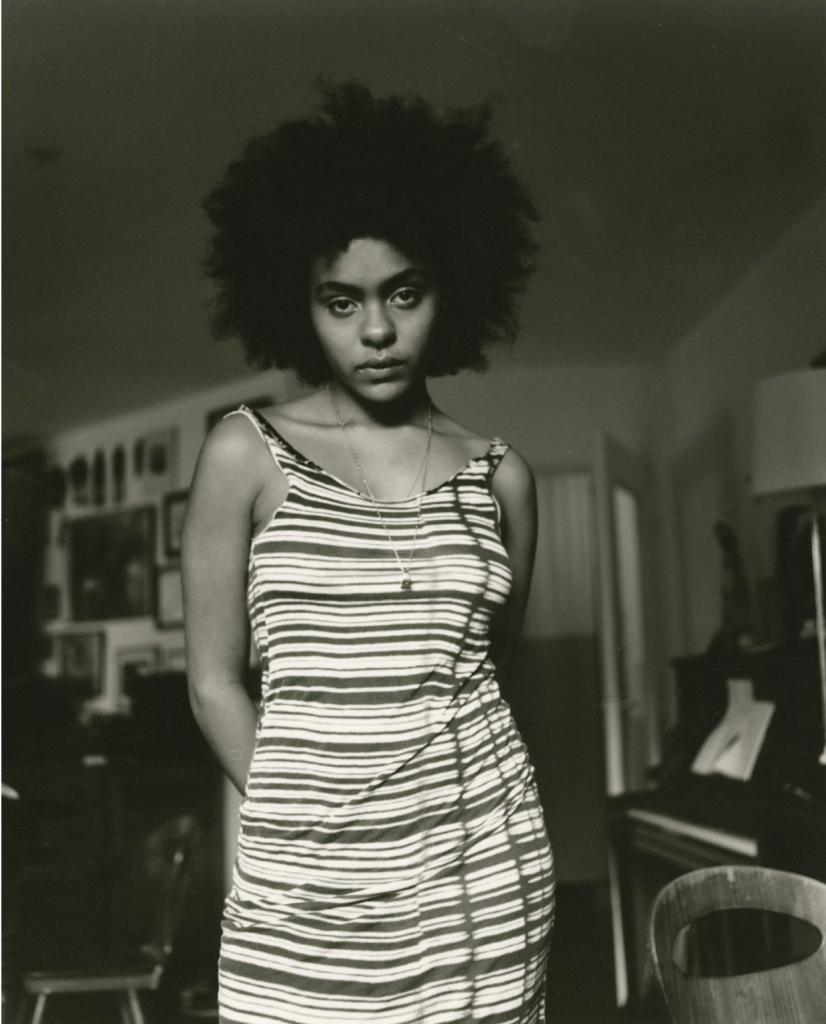
After Photography
As social media has developed, the way that imagery is created, distributed and read has changed. As photography has become widely accessible, the medium has become readily available for many people to use. As a result, viewers are aware of the processes developed for social engagement and the way that imagery can be manipulated to express a particular meaning. As a result, it has become more difficult to determine the authenticity of images presented across different media. It is important to consider that there are various methodologies used to present a topic or issue and that it is worth contextualising content to better understand its origin and meaning. In the process of making art, there is a thought process that is used to create and establish meaning. As Sarah Kember writes in The Shadow of the Object:
“Photography is clearly much more than a particular technology of image making. It is also a social and cultural practice embedded in history and human agency”.
Made from Memory
Photographer Robert Darch uses memory to recreate scenes that appear real, however they have been manufactured to recreate lost memories. During his youth, Darch suffered from a stroke and created a series of images called Vale in response. They feature locations and subjects that appear real, as they are made up from elements that are real. However, they have actually been created as part of a coping mechanism, exploring themes such as surrealism, loss and identity. The effect is beautiful and empathetic, as it connects with the viewer on an emotional and relatable level.
https://www.robertdarch.com/vale-1
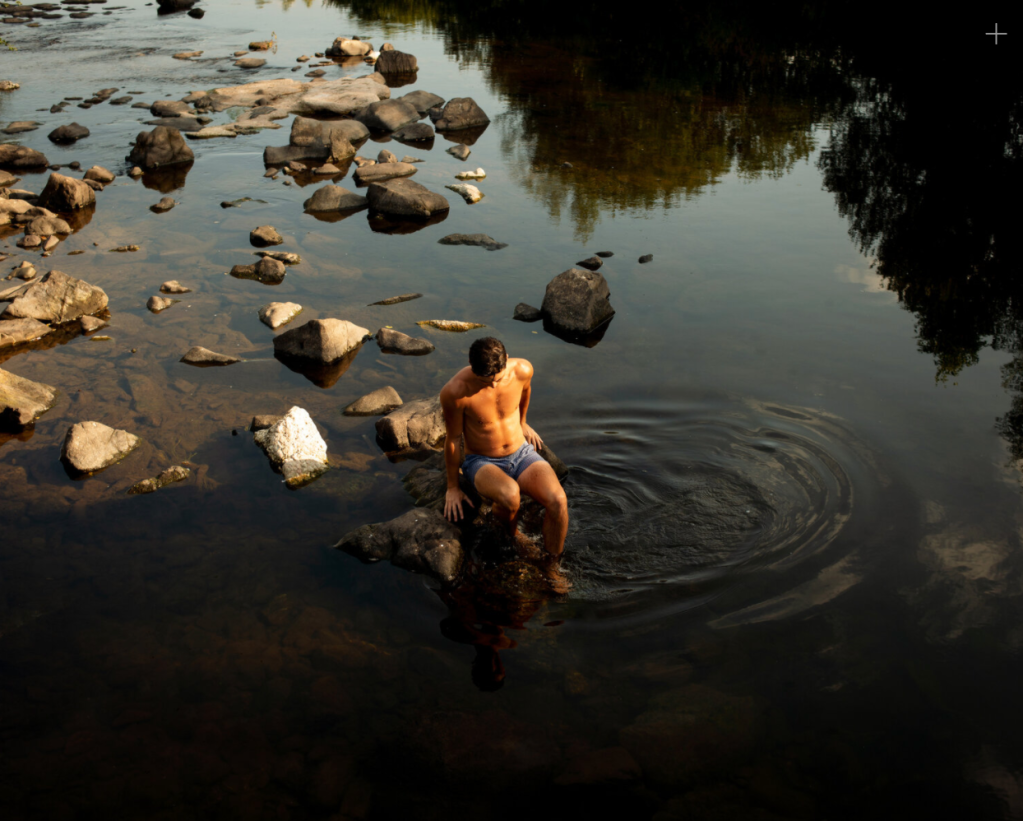
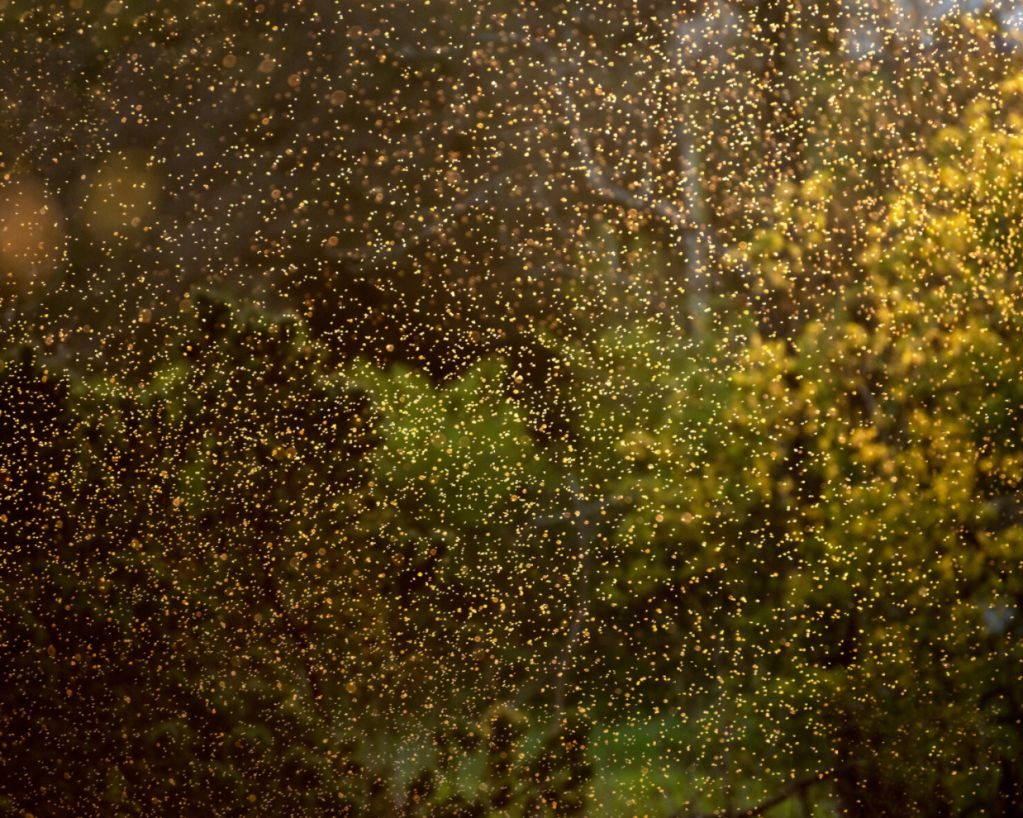

Adopted Strategies
Photographic strategies allow work to evolve and progress through the process of experimentation. By exploring different methodologies and processes, the impact on the photographer, subjects and viewers can become better informed, and consequently approach themes in a more sensitive and considered manner. Below summarises some of the approaches that I adopt within my own work and also others that I will explore as I develop my practice.
Repeat, Repeat, Repeat.
Repeat Photography is a strategy that can be used to document subject matter, by repeating content to allow comparisons to be made from one image to another. This approach allows cumulative research to be contributed towards, using photography as a mode of communication. By doing this, visual messages contribute to a bigger picture that allows differences and similarities between one place, time or another to be identified and visually represented.
Camilo José Vergara’s series ‘Paired Houses’ documents the front of adjoining houses in Camden (U.S) to show the similarities between them. By doing this, not only do the photographs document a particular time, they highlight the issue of living conditions in the area. Arguably, a singular image would not have as much impact as the collective series, as they demonstrate the scale of a problem, through the use of consistent elements that are captured through the deliberate placement of the camera.
https://www.camilojosevergara.com/Camden/Paired-Houses/1




As Mark Klett writes in Repeat Photography in Landscape Research:
“Groups of images empower relationships between photographs.”
Time and Time Again
Re-photography is an approach that involves revisiting particular scenes to document changes over time. Often, the photographer will pick a vantage point that is accessible by either themselves or to other people, to re-visit in the future. The results convey the movement of time, revealing environmental and social change in the process, which in turn becomes sociological evidence. This visual process contributes towards research by creating an archive that progresses and grows over time, recording how places, groups and social phenomenons change.
Dave Jordano’s work ‘Detroit: Re-photography survey’ is an example of images that are paired together to display how a place changes over time, exploring the transformation of an urban landscape.
https://davejordano.com/detroit-unbroken-down/detroit-re-photography-survey
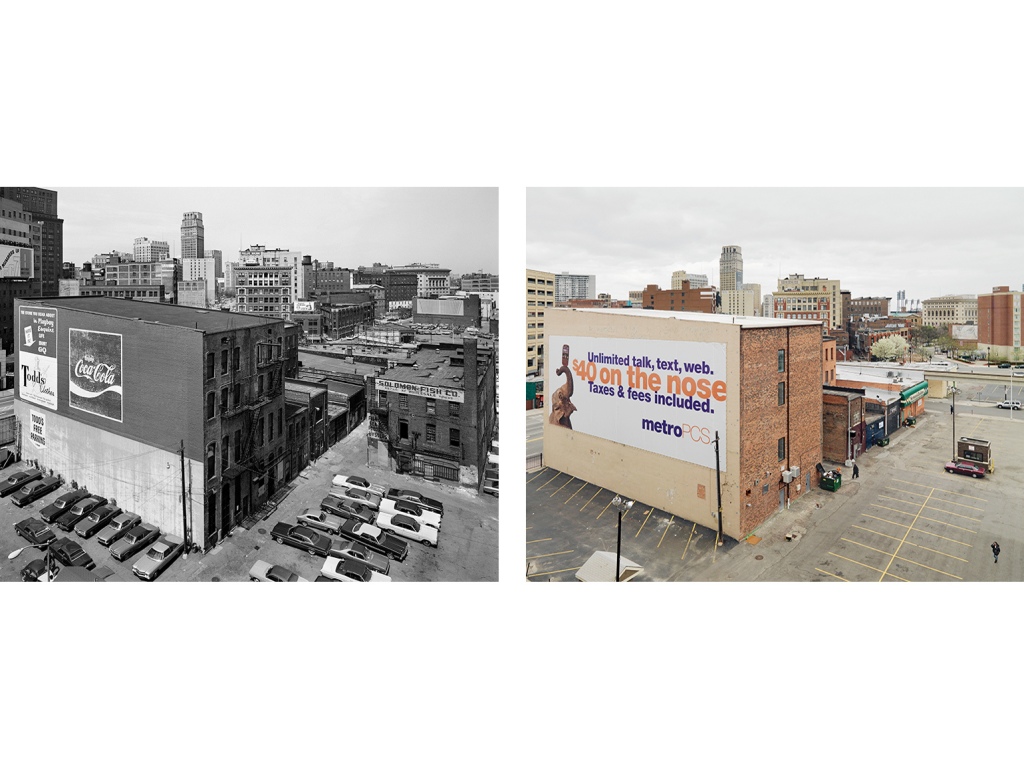
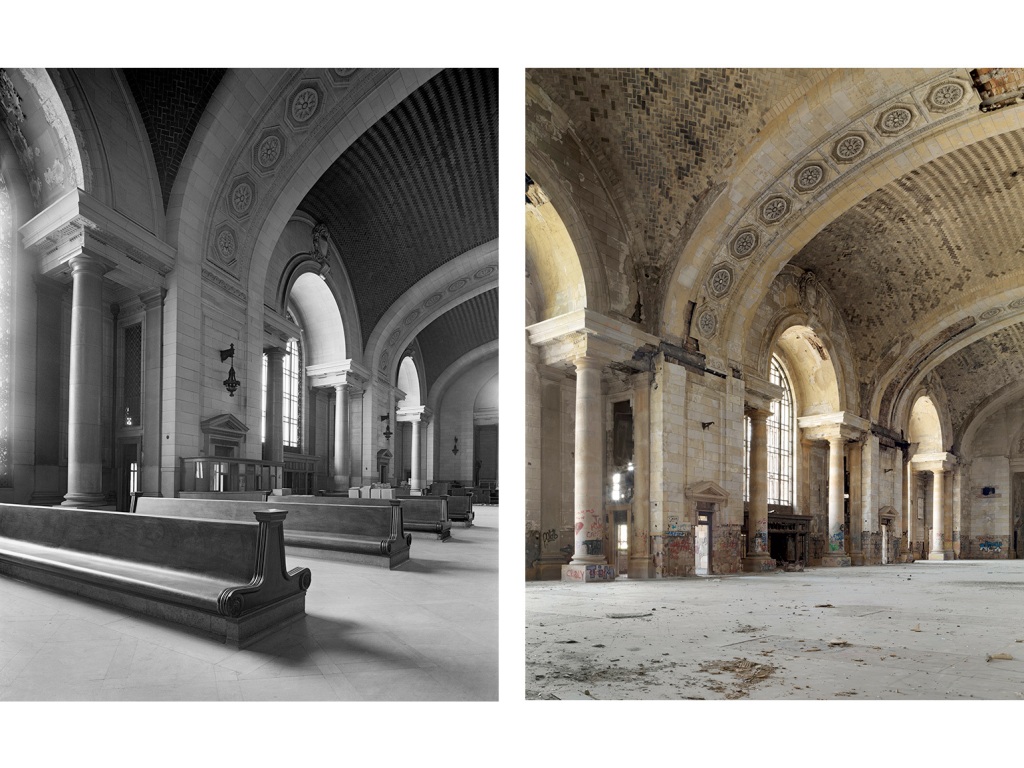
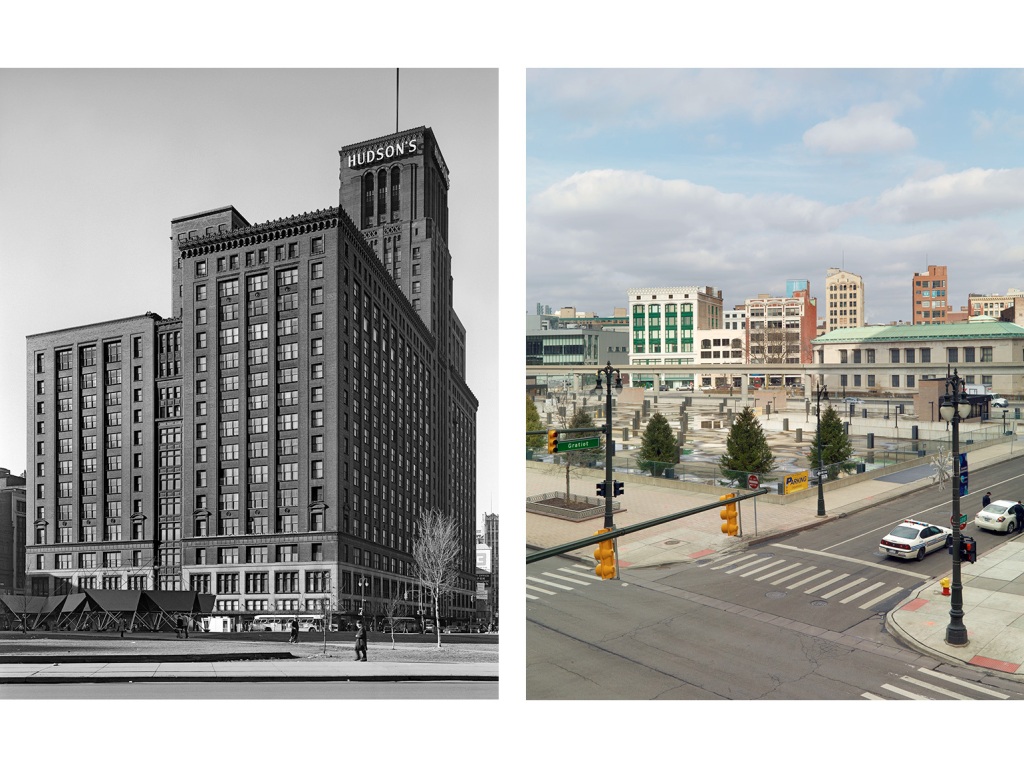
Russian photographer Sergey Larenkov uses an experimental approach in his work Ghosts of World War II, to allow the viewer to compare two different times within each image. By layering imagery to create a composite, the connection between old and new is immediate and takes on a narrative of its own.https://mymodernmet.com/my-modern-shop-sergey-larenkov/embed/#?secret=MGvYQec16p
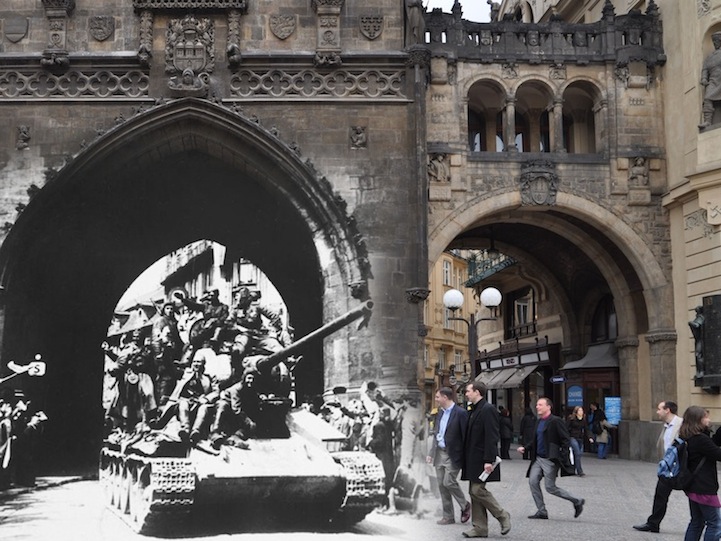

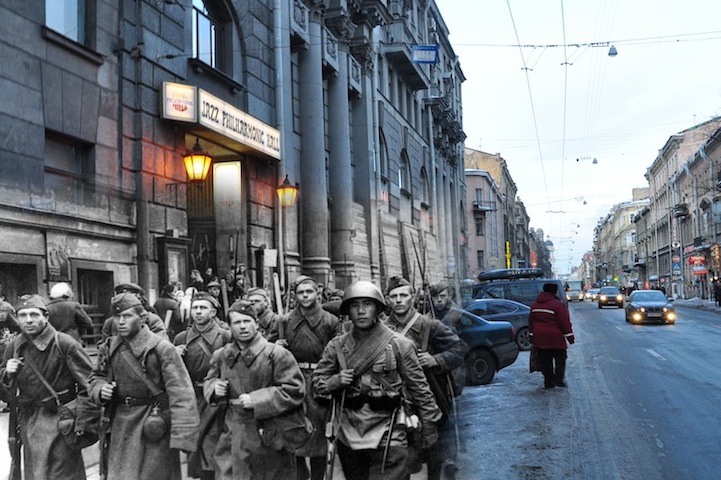
The process is made up of various techniques that allow a narrative to be created, including more collaborative approaches. A ‘cross-sectional’ approach focuses on a particular time that is represented through sequences of images, as the time available to record subject matter may be limited. To enhance the meaning of photographic content, data, interviews and field notes can be used to provide context, which is referred to as a ‘comprehensive approach’. By combining these, I believe that it is possible to demonstrate the mood of a place and time, in depth from a position that is inclusive and considered. As John Riger writes in Re-photography for Documenting Social Change:
“With photography, we can make a more complete, reliable and comprehensive record of the change process than we could without it.”
Gestures of Collaboration
Collaborating with participants within a project, provides subjects with a photographic voice. The interaction between the photographer and subject creates empowerment that has a positive impact on society. Not only does it break down the barriers between the photographer and subject matter, it provides an opportunity for people to engage with art and the topics surrounding contemporary life. Claire Bishop explores the idea that collaboration enhances society in her writing for Artificial Hells, by referencing how participation allows people to make friends, develop community networks and reduce isolation. As a photographic gesture, during a time when this couldn’t be more relevant, the idea of collaborating using a comprehensive approach can only add value to a body of work and its social impact .
Annie Lai’s work In-between, captures women that have lost their sense of home due to migration, exploring the connection between place and identity. By working with the subjects directly, an instant emotional connection is created between the photographer, model and viewer.


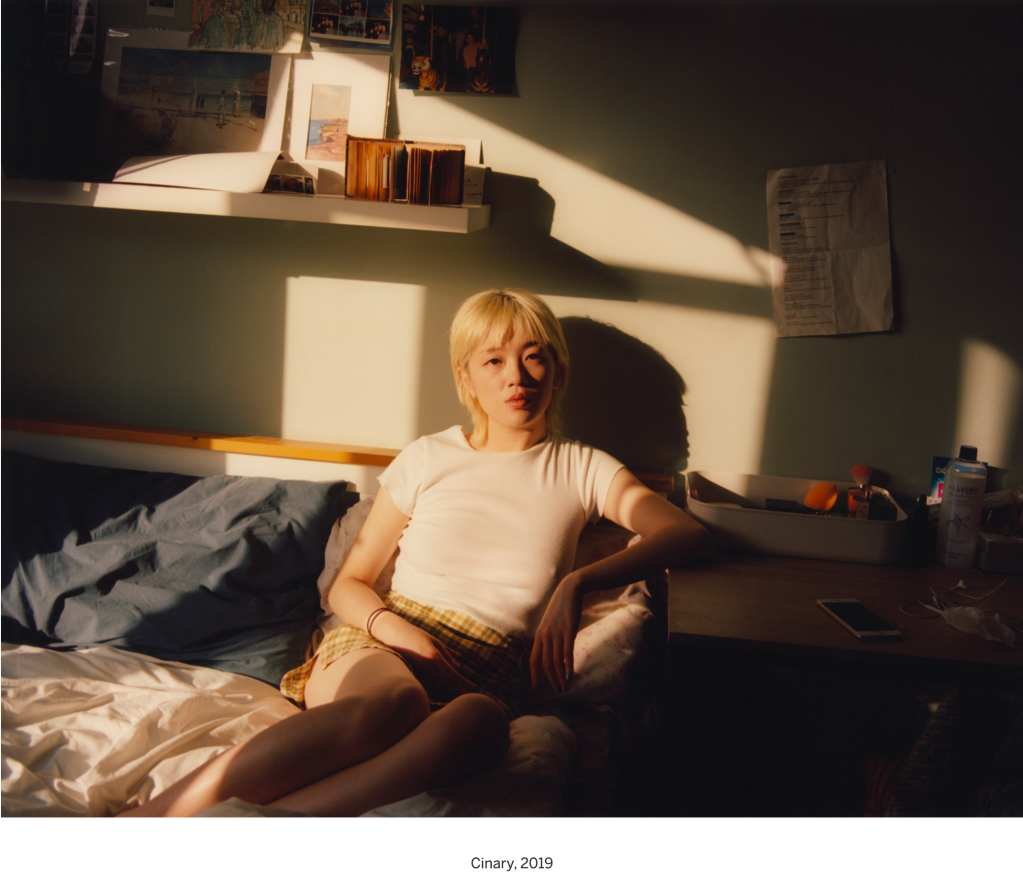
The Passing of Time
All photography concerns itself with time, as every picture is taken from its moments. Whether imagery candidly displays these as a particular moment of time or features content that is seemingly unrelated, the image itself is a frozen frame, regardless of its intentions. By imagining how photography might be accessed in the future, key subjects and themes from the present can be identified, addressed and critiqued. Writer and Artist Joanna Zylinska explores the relationship between art and time in the video ‘Exit Man’, which highlights the way that the past, present and future are interlinked.
Cross Disciplinary Practice
Photography is part of a wider creative industry that ensures freedom of expression can be delivered in both artistic and commercial formats. To present ideas using a visual platform is empowering and provides a voice to represent a variety of issues and topics. To achieve this, there is an opportunity to collaborate with people on multiple levels to ensure that a project can succeed, while gaining wider reach. This can include working with new subjects and audiences, engaging with other members of creative industries, that support a project’s cause, and by collaborating with audiences.
Miss Honey
Sarah Pannell is a Documentary Photographer whom delivers a variety of subject matter, exploring cultures across the globe. In her recent project ‘The Vanishing Black Hives of Turkey’s Honey Forest’, she collaborates with Honey Fingers to document the beekeeping traditions that are slowly disappearing in Turkey. The work investigates the cultural roles of the local people and how these are evolving to accommodate changing times. As a result, both traditional values and cultural evolution are juxtaposed to ensure the survival of tradition.
By capturing elements of the everyday, around the world, these moments become less than ordinary to viewers that live their lives in other locations.
Modes of Participation
Artistic participation can appear in many forms and is often thought of as direct collaboration between an artist and subject. The reality however, is that there are many modes of participation, which can be both direct and indirect. Either way the collaborative process is devised to tell a story. This might be achieved by working with a commercial platform or institution, by visually expressing the voice of others, representing or responding to a place, or it might simply be in the form of a transactional gesture. The artist might choose to work with archive material, which is an indirect collaboration between the artist and existing content, or they might work directly with members of the community to raise awareness for a cause. Whatever the reason, participation adds depth to a project by providing an additional perspective or reason for making work. As expressed in an interview with photographer Anthony Luvera:
“Involving participants as contributors to the process of representation can inscribe a different, more nuanced view.”
In his own work, Anthony collaborates on a wider scale, not only by inviting people to appear in his projects, but by responding to commissions from various organisations. By answering the call of various causes, his expertise provides an outlet to portray and respond to various subject matter, while the organisations provide the platform to make the work visible. By working collectively, project work becomes enriched and a support system is established. This is evident in his 2013 project ‘Not Going Shopping’, which explores gender identity for Queer in Brighton. The artwork creates a direct link to a marginalised community, by confidently working with people to convey a striking, positive message in a relevant and visible location.
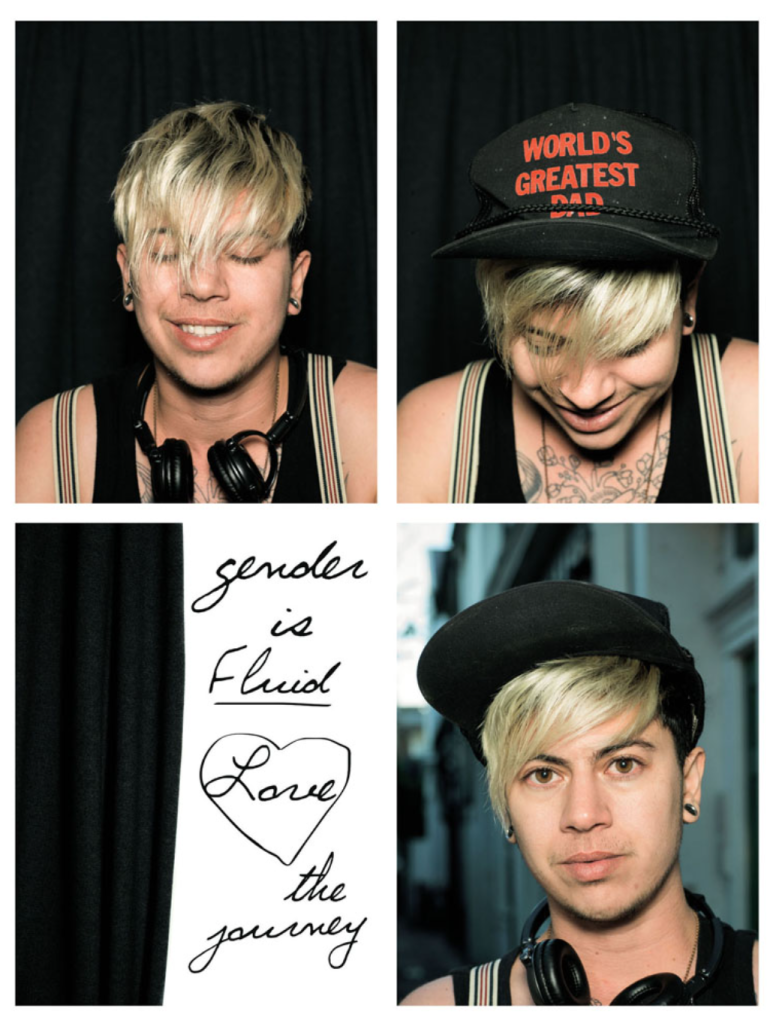
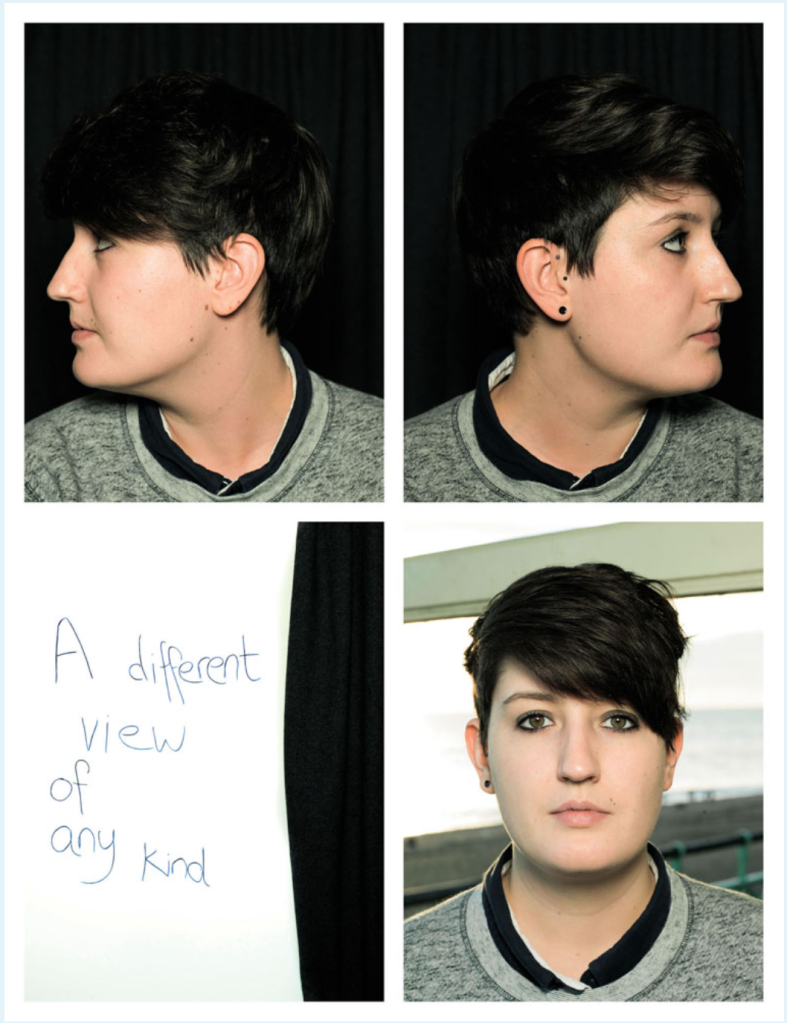
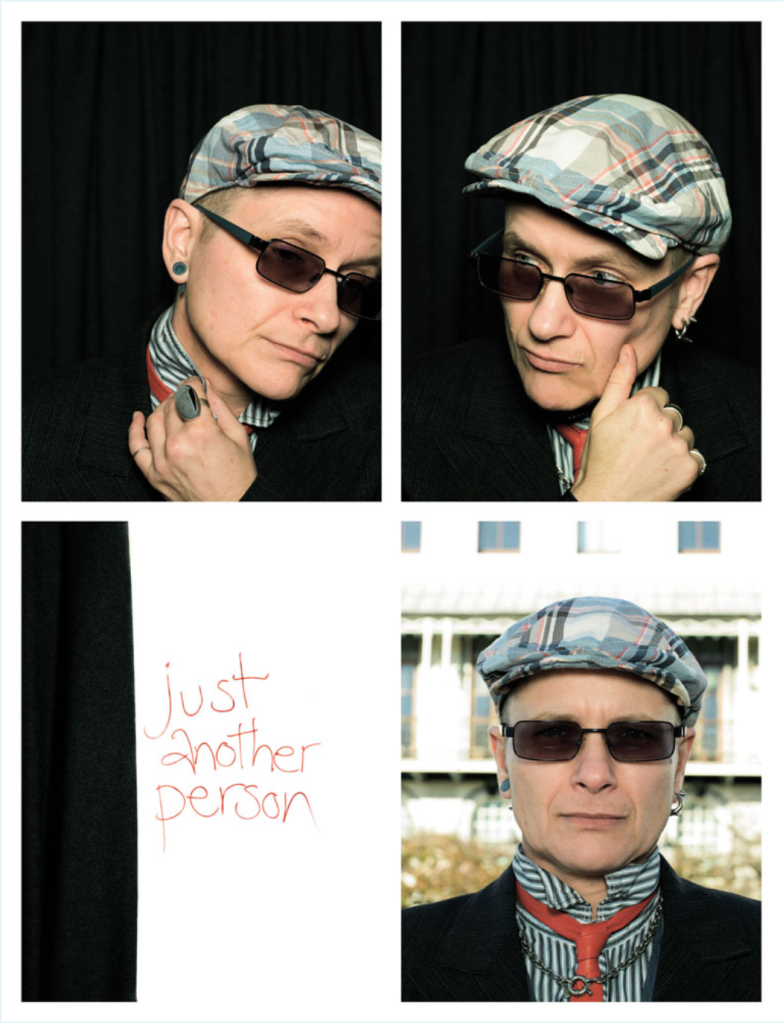
Trump That
Alicia Bruce is a Scottish photographer that explores the connection between people, place and culture, in an investigative manner that beautifully addresses issues, by empowering the voice of her subjects. In her project ‘Menie TRUMPED’ she portrays the residents of Menie, who protested against the development of Trump’s golf course. Rather than sensationalise the subjects, as the media has done, she recreates compositions from celebrated paintings to address the importance of heritage. By doing this, she has created a body of work that respectfully represents a community in a neutral and un-biased manner.
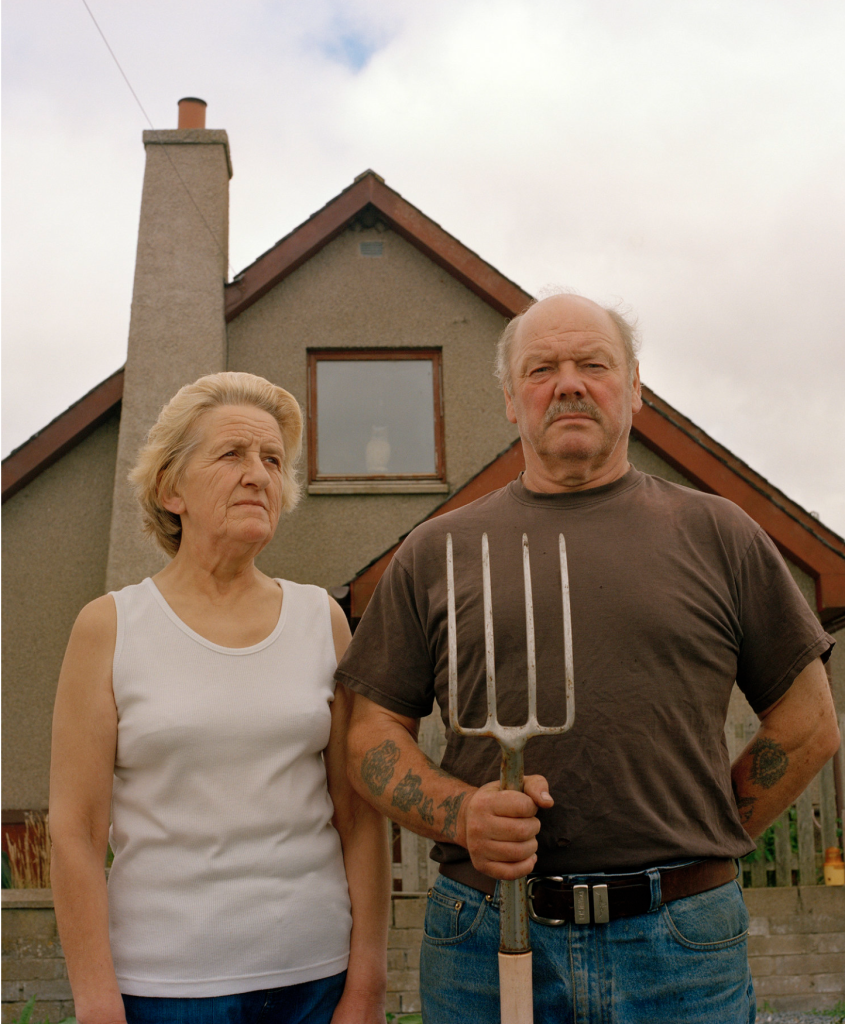
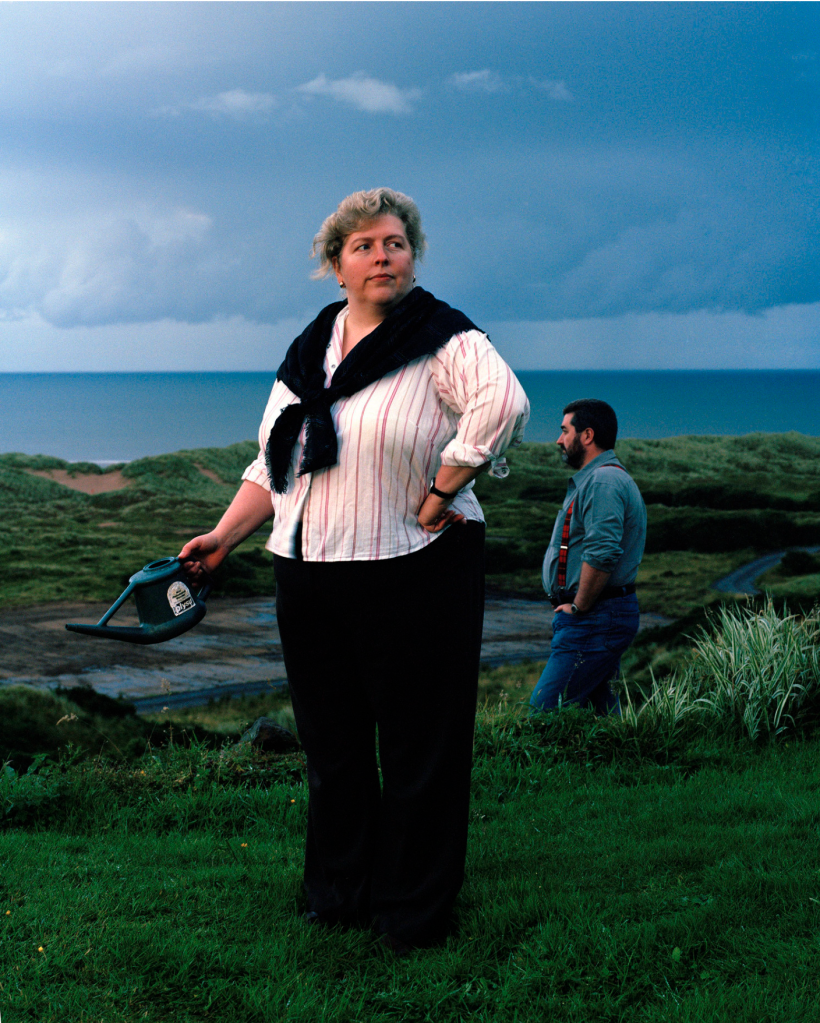
Commercial Passion
Viewers often think of art as existing within two categories; personal and commercial. These can sometimes be described as distinct from one another, but in reality, they can become intertwined, feeding and influencing one another. As an artist develops their own aesthetic, methodologies and principles, these attract clients, organisations and institutions, and vice versa. Felicity McCabe is a photographer that advocates this within her own, diverse portfolio of work that is both independent and collective. Her love for experimental lighting and the influence of artistic contemporaries, transcends through her imagery, making it appear exciting and truly unique.
Home
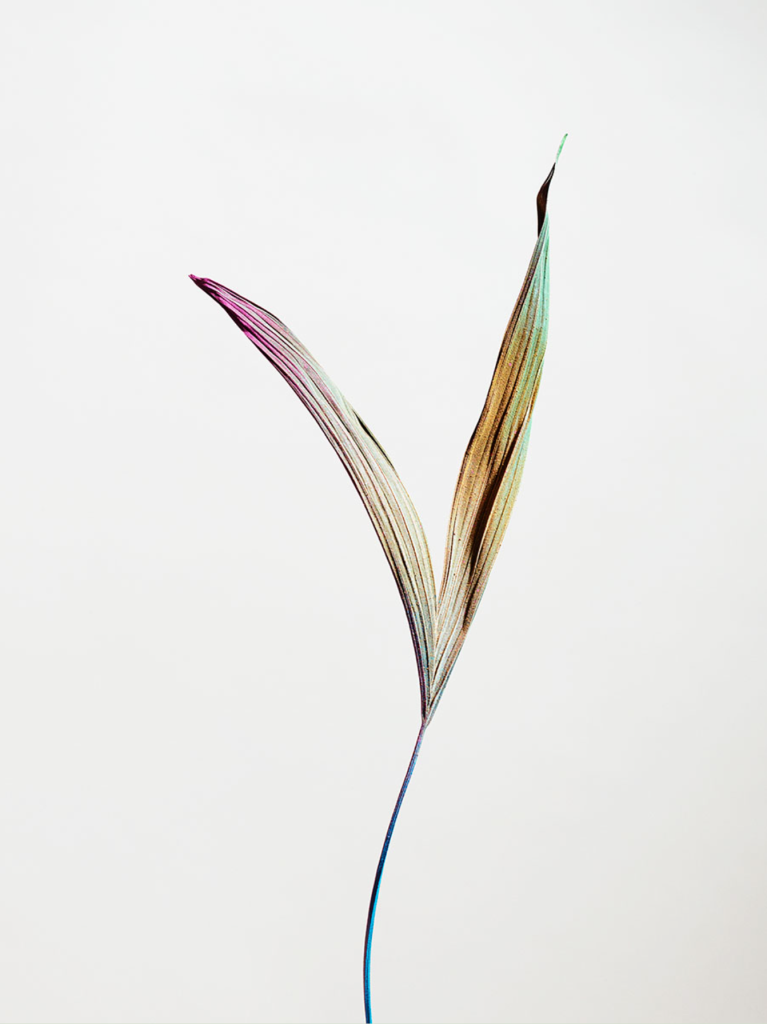
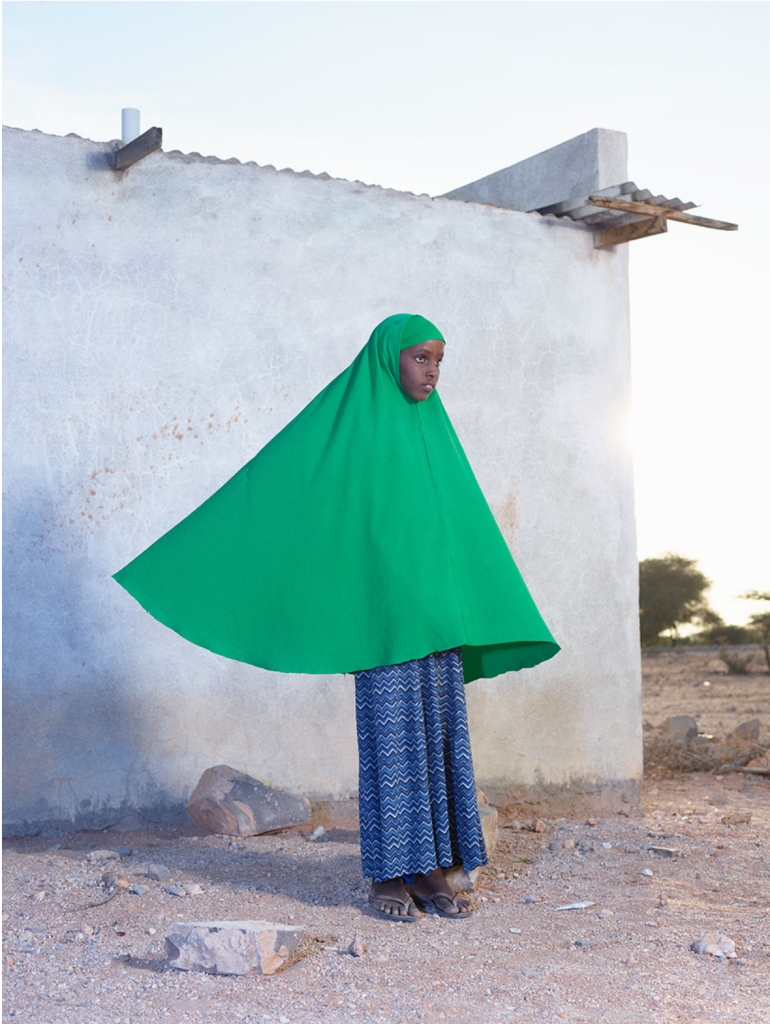

The Camera Never Lies
Various modes of observation are incorporated into the photographic process, intending to attract the viewer and make a statement. Whether the content is literal or conceptual, the photographer will have created their work for a purpose. The rationale behind a piece of work will be determined by the intent, whether this is to inform, entertain, offer insight, demonstrate participation or reflect a process. Either way, the viewer often assumes that what they are looking at is a true reflection of the story that they are being presented with. As photography has progressed from a medium designed to capture and examine content, the platform has broadened and become a method used to express more conceptual ideas. As the notion of documenting events, time and places has evolved, some photographers have begun to question the nature of story telling and how truthful it actually is.
Roland Barthes (Roland Barthes, Camera Lucida, London, 1984, p. 13) explores the four image repertoires, in relation to portraiture:
“The portrait photograph is a closed field of forces. Four image-repertoires intersect here, oppose and distort each other. In front of the lens, I am at the same time: the one I think I am, the one I want others to think I am, the one the photographer thinks I am, and the one he makes use of to exhibit his art.”
This idea can also be applied outside of portraiture, as it is really talking about perception and how this varies depending on the different components within an image construct. Once the photographer is aware of these components, it becomes easier to manufacture each one to create a distinct and deliberate narrative.
Re-imagined
Andrea Botto is a photographer, specialising in creating narratives that explore traces, the passing of time and photographic thresholds. His work investigates perception and how there can be many truths exposed within an image or series. His project 19.06_26.08.1945 does exactly this, as the images accompany text in order to tell, what appears to be a factual story created in memory of the return journey from the nazi prisoner-of-war camps, made by his grandfather. The images however, are actually found images from the internet that have been presented in order to tell a believable story. The ownable elements appear in the text and in turn the photographs become the captions that validate the story being told.
https://www.andreabotto.it/en/statement/



As Botto expresses in his own statement:
“I don’t believe that the image holds the One and Only Truth, and I am in fact very interested in those situations where reality and appearence are intertwined. For me a picture is, first of all, a stage of reality, a metaphor, a representation of the world that gets power from its natural ambiguity.”
Never-ending Stories
Some stories are constantly evolving and can be inspired by others that already exist. To engage with the observer and add longevity to a project, audience participation is often used as a method to ensure that a topic is remembered, interpreted and shared. EJ Major is an artist that explores how imagery, text and formats can be used to explore a theme that the viewer can interact with. In the project Love is… stills from Last Tango in Paris were printed onto postcards that were sent to locations in the UK, inviting the audience to write back. The purpose of this was to enquire into the subject of love by creating a dialogue between the original film, the artists and viewers. As a result, that artist is not only displaying their own views and opinions, they are recording and validating those of other people too.
https://www.ejmajor.co.uk/?page_id=122

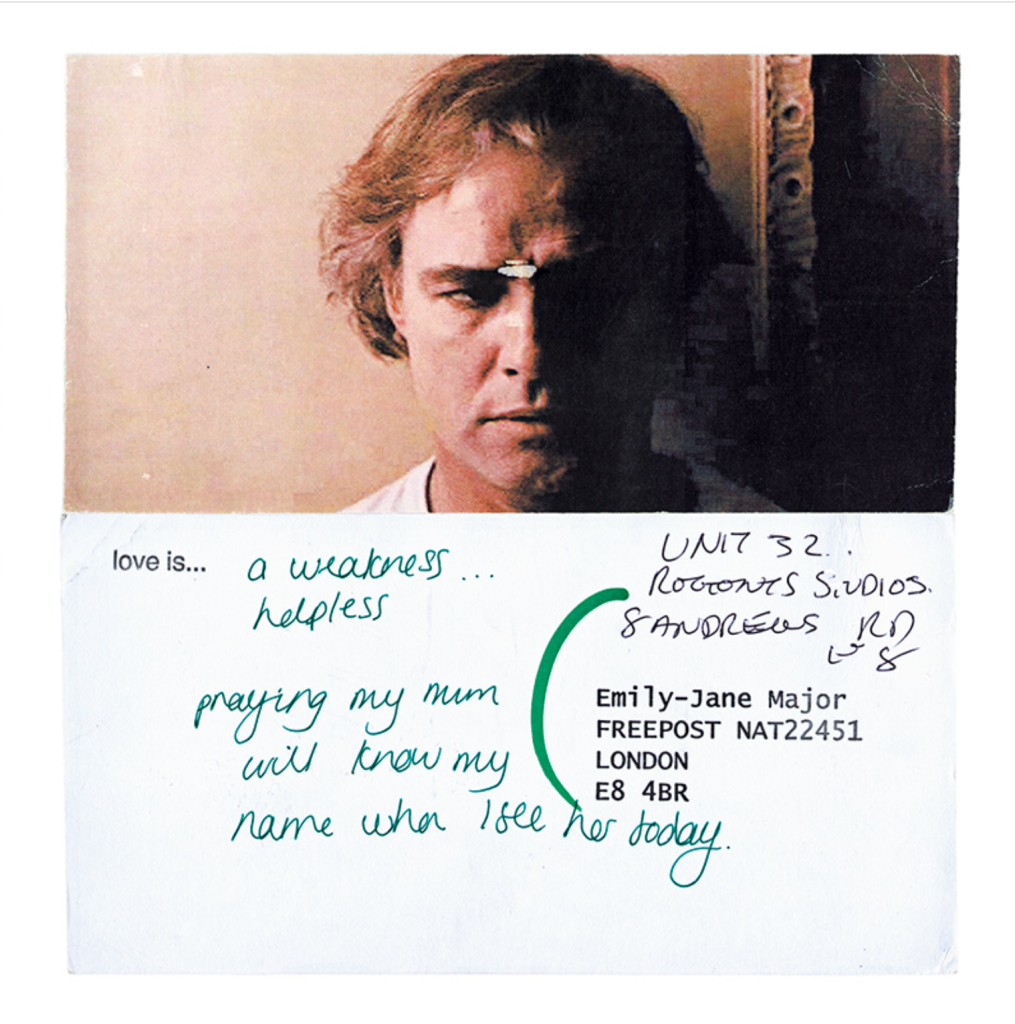

Not Such A Load of Rubbish
Ideas, stories and voices can come from anywhere and it is often in the overlooked and disregarded, that the most interesting can be found. As one person’s rubbish can become another’s treasure, new insights and narratives can be created from just that. Stephen Gill’s project A Series of Disappointments, captures disregarded betting slips across London. By creating a cross sectional study of the findings, as greater insight is provided into a topic. The traces of the slips and their crumpled forms tell a story about a collective demographic, by creating an emotional and human connection that the viewer can relate to. As the paper would usually be disregarded as rubbish, the reimagined collection of multiple pieces combined, suddenly reveals more about locations, people and culture than the slips would do, if shown in isolation. As a result, the importance of looking closer and taking note of traces left behind, can present untold stories and make a wider impact on society.

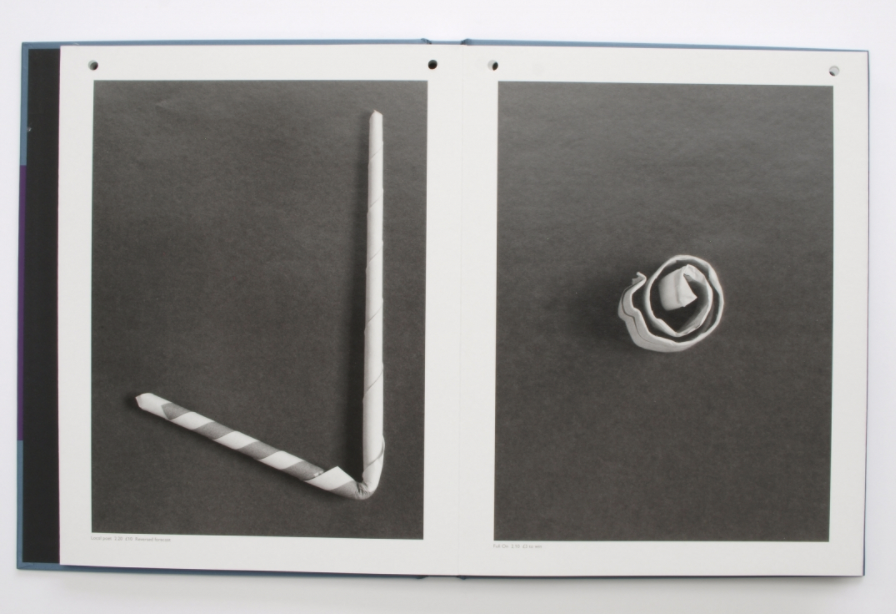

By indirectly collaborating with subject matter, social aspects of everyday life can be explored and make a direct impact on communities, as issues become visible and in return, recognised. As Director of Create, Patrick Fox expresses in New Writing: Dialogues and Perspectives:
“Quite often with collaboration there is an interface/mechanism that links the artist to a community.”
The World is a Stage
Photography is consumed in a manner that is often perceived to represent a true reflection of the captured content. Although the physical elements within an image contain information that is derived from our perception of reality, the photographer is essentially sharing their view or perceived truth. Whether this in the form of the subject matter itself, or the way in which a photograph is taken, the photographer is the story teller and can choose to reveal or hide as much as they wish to within the frame.
In Stephen Shore’s work Uncommon Places, the scenes are perceived as ordinary and candid. However, there is a glassy aesthetic that is achieved through the use of structure, within the artists work. There is a relationship between every line, angle and space between objects, resulting in a uniform and calm appearance, that demonstrates a systematic reality. As a result the scene becomes a stage and the objects become props that are positioned to reflect an ideal scenario.
This presents the question about whether any experience of the same place, is the same as another, as one ‘true’ reflection will never be the same as the other.
As Susan Sontag expresses:
“Photography has the unappealing reputation of being the most realistic, therefor facile of the mimetic arts.”


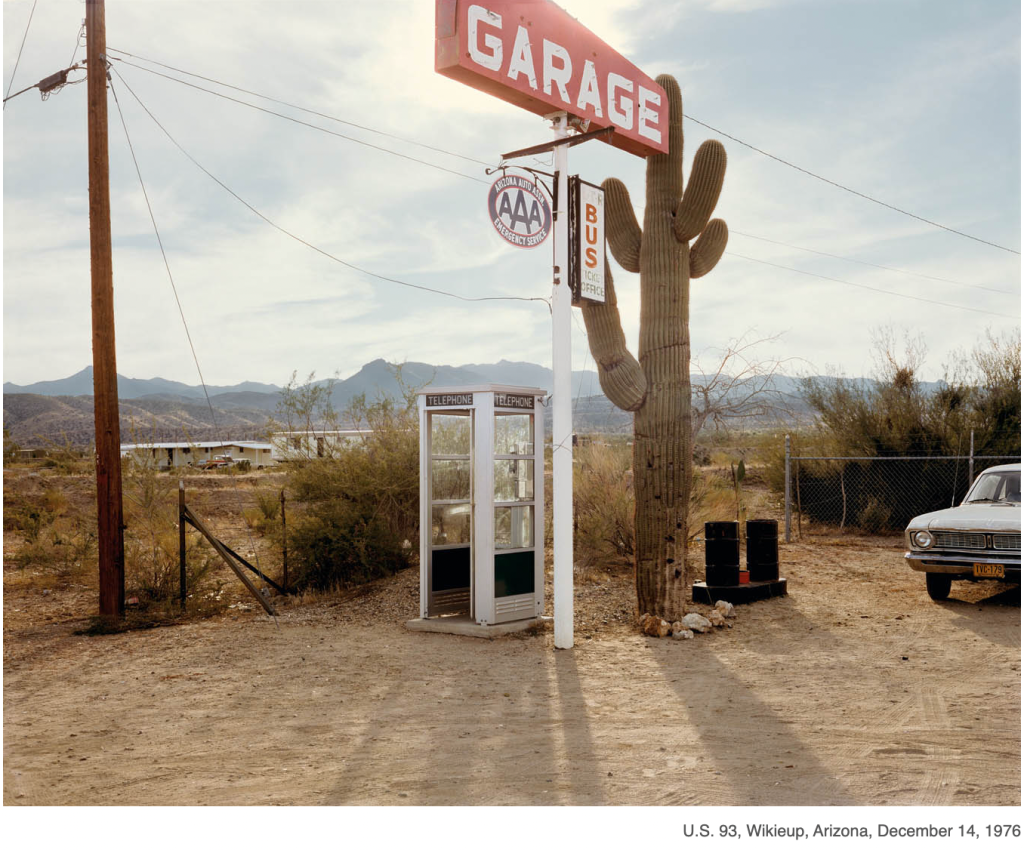
http://stephenshore.net/photographs/uncommon/index.php?page=1&menu=photographs
Truly Beautiful
In its early delivery, photography was developed as a means to portray the realism of subjects and places in a naturalistic manner, much in the way that paintings would attempt to mirror the world. The idea that images are ‘taken’ or ‘captured’ is a traditional notion that most people connect with, as there is an ontological desire for people to distinguish variations of photographic practice. The concept that images can be ‘made’ is a contrasting belief, as it suggests that subject matter is manipulated, staged and subjectively false. However it is possible for images to be taken and made, depending on the objective of the image. After all, an image of any kind is only a representation of a perceived reality.
Hiroshi Sugimoto’s dioramas are an example of how staged imagery, compromised of real objects and captured scenery, can be created to replicate the naturalistic quality of seeing. Although the images are staged, they represent a reality that we can relate to through the use of recognisable icons and indexical elements, which allow the content to appear as real as it would in the physical location that the image represents. As a result the ambition to capture a scene to inform the viewer in a manner that appears to follow a visual model, succeeds in its intention.

This poses the question as to whether it matters that the image is staged, as the denotation of the image on location or set is ultimately the same. As Uta Barth states in Mirlesse, 2012:
“Mostly the camera is used as a sort of pointing device. One goes out into the world and points it at something of beauty, something of importance, a spectacle of some sort.”
Similarly, the work of Chino Otsuka challenges duplicity and realism, as she adds herself to scenes taken from her youth. The indexical content contributes to the audience’s perception of the imagery and its ability to appear real, while transcending between both time and place. As a result the viewer accepts the imagery and the context in which it is produced.


Roland Barthes acknowledges the notion that an authentic appearance will always dominate representation in his own writing:
“In the photograph the power of authentication exceeds the power of representation.”
Iconic Moments
An image might appear to capture a specific moment in time or a decisive moment, but many images are created using mechanical approaches that exploit constructed elements, in order to appear real or inadvertently manipulated. This is often the case when a specific message is being delivered or if an intended reading of an image is required from the audience. Iconic, indexical and symbolic representation are often interjected into a piece of a work, to ensure that the meaning is understood. Whether this is in the form of intertextuality and the use of historical references or through the use of conventional symbolism, these elements work together to create a narrative that is understood and accepted by the viewer.
Alex Prager is an American photographer that creates iconic scenes inspired by vintage Americana and cinema, to replicate the photographic subject matter and themes often associated with the 1960’s, 1970’s and 1980’s. Her ability to produce images that demonstrate a realistic representation of eras gone by, combined with contemporary image making techniques, bridges both photography and cinema, by using a stylised aesthetic that is often associated with film. The realism imitated within these images, is dependent on the audiences prior knowledge of American culture and often appears satirical and dramatic. Although the scenes are fictional, there are cultural signifiers that factually depict a way of a life gone by. These constructed realities, arguably demonstrate how the direction and staging of scenes contribute towards posterity and cultural understanding, in an equally effective manner as documentary photography would.
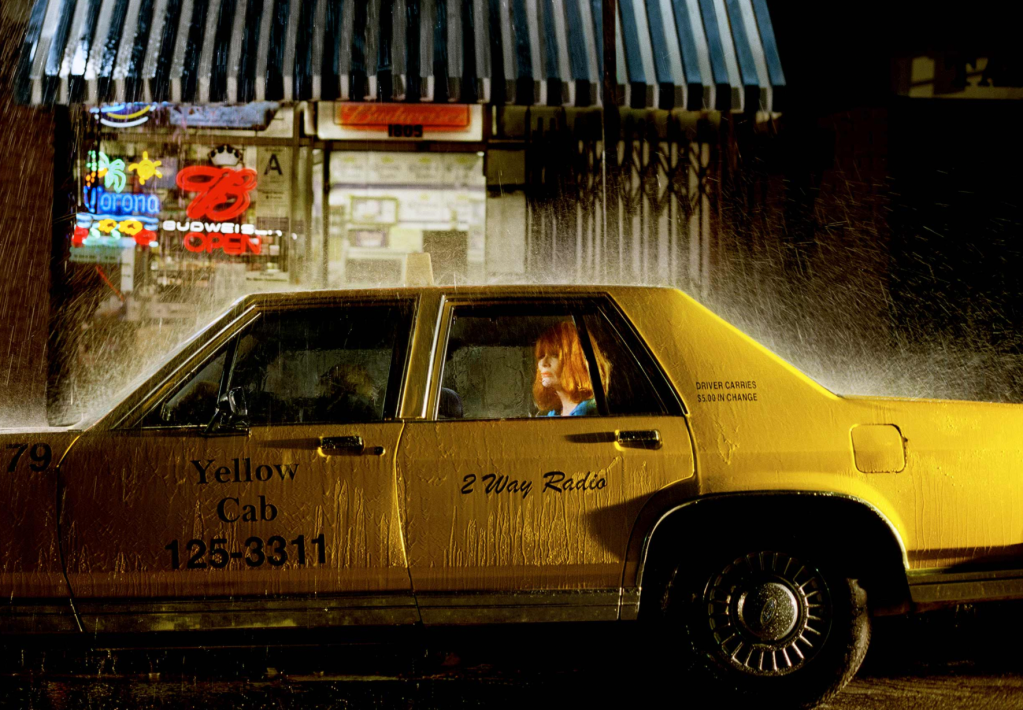


As the camera acts as an extension of the photographer, it captures subject matter within a frame that is chosen and constructed by the image maker. Michael Kholer addresses this notion in his writing for Constructed Realities; the art of the staged photography, by reflecting on art practices:
“All art oriented towards realism practices deception. It attempts to create an illusion, namely the illusion that in viewing a painting one is not actually looking at a painted surface, but as through a window—at a segment of reality.”
Subject Matters
In many instances photography has the ability to visually represent multiple layers of reality. It can denote what the viewer can see, have connotations that represent something else and rely on the information that the audience already knows about the context and subject matter. This representation of collective memory, is often regurgitated to represent a mood, feeling and time that replicates familiar ideas about popular culture, within a postmodernist world. To add to the perception of a mirrored world that reflects social appeal and often nostalgia, the introduction of the recycled celebrity, as subject matter, adds another level of interest that causes viewer’s to stop in their tracks.
Nadia Lee Cohen is a British photographer that capture the aesthetics of vintage imagery, through the use of colour, composition and exaggerated subject material. By amalgamating the best of each, her work appeals to the senses and tastes of the current time, with a twist. As people often look back at the suggested ‘Golden ages’ of time, her work presents this aesthetic, while delivering something new that causes audiences to do a double take. To add to the visual display that her work presents, she has had the opportunity to work with famous faces that naturally draw attention to her work. Her recent shoots featuring Kim Kardashian, demonstrate how meticulous styling, combined with old Hollywood glamour create the perfect mix for powerful imagery that champions the female form in a way that confidently addresses the viewer. The attention to detail and the ability to capture scenarios as though they from another time, allows traditional techniques and appearances to remain visible and relevant in progressing times. The carefully endorsed celebrities, in turn contribute to the revival of artistic movements, by gaining recognition in a modern world and allowing them to thrive.

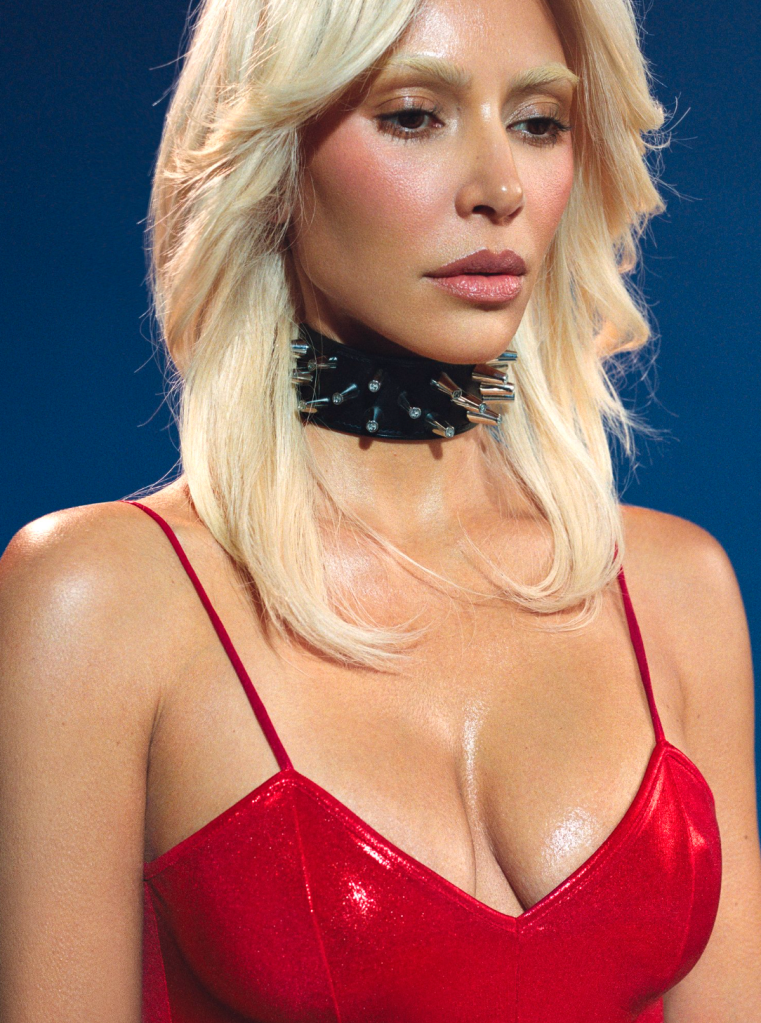
Objectification
Often, when people are asked to visualise a location they will imagine landscapes, streets and rooms that they have seen themselves or experienced through depictions presented through various types of media. The objects that fill these vistas, are often considered as secondary aspects, as they become ‘part of the furniture’ within a place. The ordinary is often overlooked, despite the fact that the ordinary elements of the everyday contribute to the making of history and become the visual references of the future.
Phyllis Ma is a photographer that creates surreal compositions from objects that she discovers on her travels. By juxtaposing texture, colour and form, her creations are striking and anything but ordinary. Her work demonstrates how context can impact the allure of an object to enhance a message and add visual appeal. The objects in turn, become artefacts that interact with one another to present a function, beyond their original intentions.

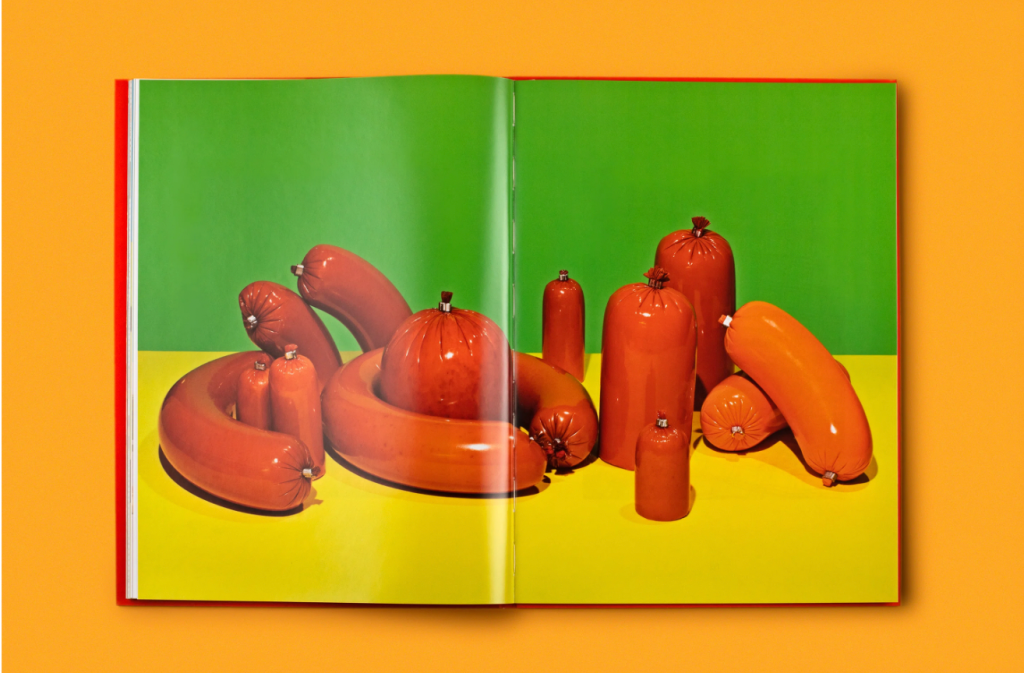
In 2010, Issa Samb expresses in conversation for ‘How to make objects talk’ how significant objects are and how they have the ability to add meaning to the world that we live in:
“Why do we hold on to sandals that we’ve had since we were fourteen? Why do we keep these sandals if they don’t speak to us any longer? No, they do speak. Objects speak, but speak their own language.”
Experience Something New
Fictional narratives have offered escapism for centuries, inviting participants to lose themselves within imaginary places that present alternative realities. Whether this is designed as an outlet, distraction or antidote to social repression, photography has the ability to make these worlds visually apparent.
Abdulaziz Al-Hosni is a photographer based in Oman. He challenges gender perception through the use of intertextuality that presents vintage imagery with modern objects and themes. By doing this, he creates an expression that challenges traditional views regarding masculinity and social expectations. His work acts as a platform for expressing love and emotion that would otherwise be repressed and celebrates this through the use of composition and colour. The work mirrors known scenes and items such as love potions to create new connotations that are relevant to modern audiences. As a result old and new elements combine to create a new meaning that is devised to have a positive impact amongst viewers.


Waste Not, Want Not
As Humans we are drawn to objects that we connect to, within our everyday existence. Whether they are ornamental, functional or both, everyday objects play a fundamental part within our lives and contribute to the formation of our own identities. We value, look after, collect and treasure objects considered precious, however disregard those that are deemed to be disposable. As a result, some objects turn into waste, at our own and planet’s cost, as we try to make the items that we no longer need disappear.
James Shaw is a London based designer that turns waste into functional, artistic objects that appear to be far removed from their original materials, despite the fact that collected waste makes up the core material used. By finding materials to recycle, the original materials are deconstructed and reconstructed into to everyday recognisable objects. In a world where resources are becoming scarce, the pieces demonstrate how recycling can bridge the gap between throwaway and collectable items.



As Shaw suggests:
“In a time where waste is everywhere, I think that trying to find ways to use it and make something desirable out of it is a worthwhile thing to do.”
It is this distinguished notion of need vs desire that raises the question about what the difference between the two actually is. As the contrast is driven by aesthetic, sentiment and worth, what would happen if a disposable object displayed these qualities? It could in turn become valuable and worth keeping, which would prevent it from being thrown away. As Antony Hudeck writes in ‘Detours of objects’:
“Artists are still generally accepted to be the makers of objects. The particularity of the artist’s objects may be the multiple uses to which the object can be put: from economic value in a private or public collection to the aesthetic value that they are assumed to offer.”
Consequently, if ordinary objects were perceived in the same way that artistic objects are, the worth of these objects would increase and become less disposable.
Oh So Popular
In an age of consumerism, the way that items are packaged has an impact on how we perceive the object’s value. The influence of popular culture and endorsement suggests whether something is on trend, desirable or worthy. When this notion is displayed visually, an object’s value increases or decrease depending on what is popular at the time. Cultural conventions inform audiences about what is deposable and what is worth keeping and it is only when these boundaries are challenged that this perception changes. Lily Cole is a model and public figure that addresses how waste culture has evolved over time, in her book Who Cares Wins:
“The decision to waste, or the effort to resurrect, comes from a cultural mindset. For thousands of years, human communities actively discouraged waste. It was always uneconomic, impractical and even sometimes viewed as spiritually negligent.”
Popular images, people, scenes and trends create recognition within the world that we live in, as audiences are aware of their cultural influence and familiarity. Often these appear within disposable contexts, designed to serve instant gratification, such as magazines, movies, social media, and within advertising. However, when applied to a physical object that is crafted and tangible, a new longevity of a product and user experience is created.
This can be seen in the work of artist Dagmar Stap, who challenges the relationship between objects and the way that they are packaged. In his work Groceries (Copyright © Dagmar Stap, 2022), he takes popular brands and people, reinventing packaging by creating sewn pieces that are devised to be kept, rather than thrown away. The result is a body of work that demonstrates the importance of artistry and craft and its ability to influence the worth of an object, which in turn increases the longevity of a packaged product.


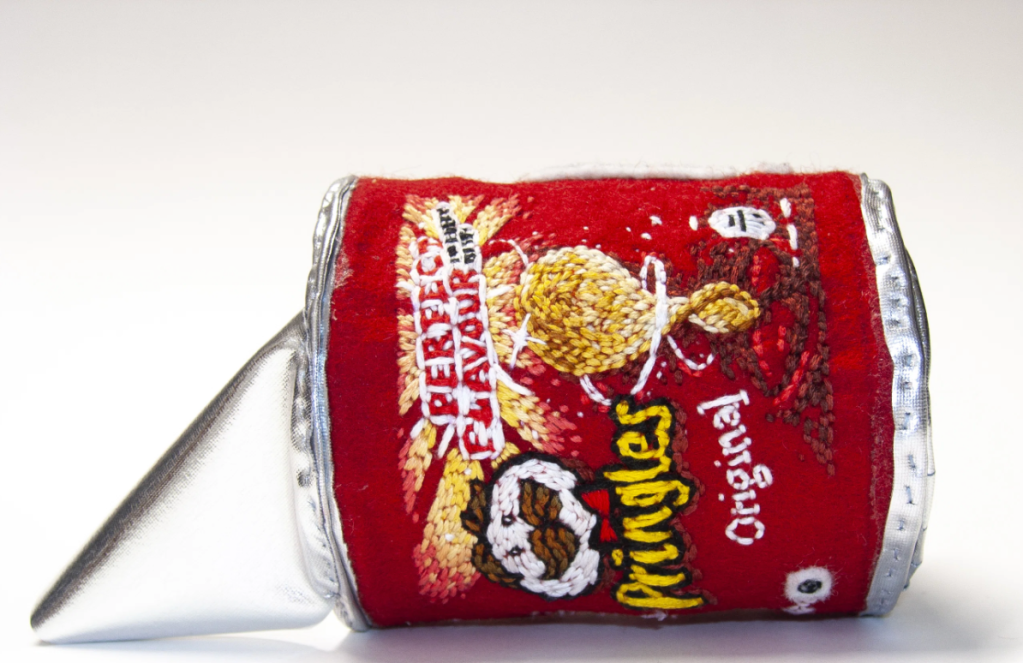
Artists Mazaccio & Drowilal address the impact of popular culture and mass consumption, by using found images. In their body of work Iconology, found imagery is repurposed as art to highlight how popular images affect audiences on an intellectual and emotional level.

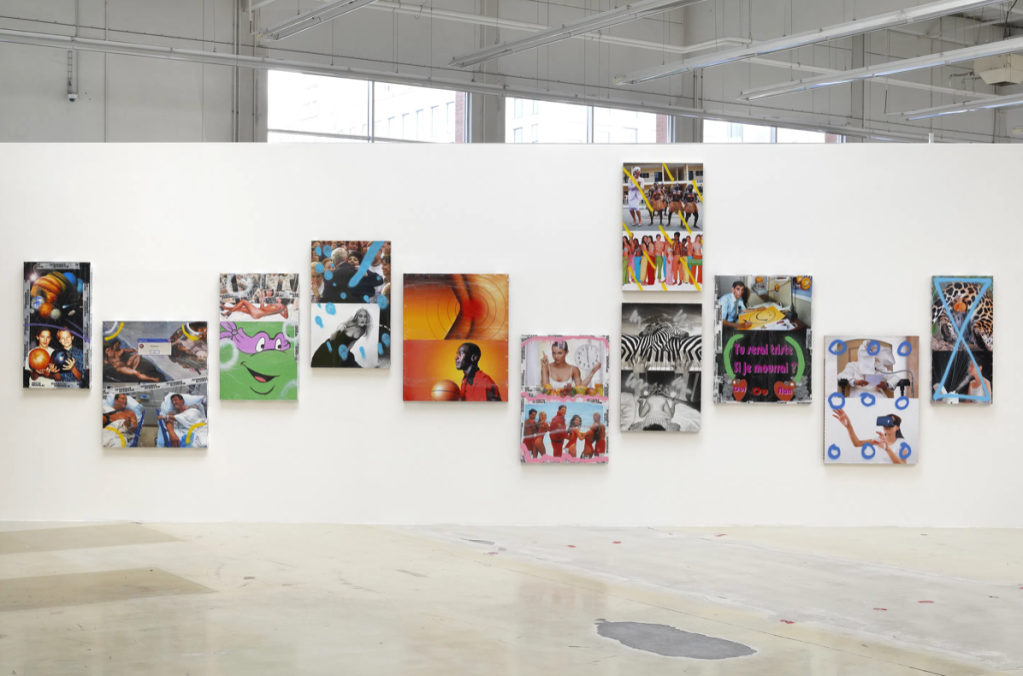
In an interview with It’s Nice That, Robert explains:
“For us the gesture of packaging induces a parallel between circulation of goods and circulation of images in our globalised era. The use of this kind of tape is also blurring the difference between artist’s signature and corporate identity.”
This notion is interesting, as it juxtaposes popular art and the objects used to create a new context, which preserves the images appearance, creating artistic longevity. This is important, as it demonstrates how media can transition from being throwaway to highly collectable.
Beautifully Gross
In the 19th century Pictorialism was developed as a movement to explore how photography could be used as a means of artistic expression, much in the same way that paintings can portray subject matter in a conceptional manner. This movement has evolved over the decades and photography can be used to convey both scientific findings and imaginative content. Maisie Cousins is a contemporary photography that combines traditional still life techniques with experimental compositions.


By using the language of modern advertising, she pairs sensual and grotesque content to expose the nature of consumption and feminine sexuality. As a result, her work invites viewers to look closely at the items within the frame in a manner that is both appealing and repulsive. Her work invites interrogation and breaks away from traditional conventions. This is a technique that has been used and commented on since the boom of advertising in the 1950’s. As Henri Lefebre notes in his own essay, Clearing the Ground written in 1961:
“The artistic image puts everything into doubt’.
Consequently, the styling of content, use of colour, and textures, all aid a visual dialogue that is bold and relevant, unique and on trend, and both beautiful and gross.

Material Desire
In a world where the consumer is King, or very much Queen, the nature of Capitalism and its social traits are often commented on and critiqued within the visual arts. On one side of the coin advertising utilises visual rhetoric to sell ‘desirable’ products and on the other side creative work visualises and reveals the effects. As advertisers cast their visual spells on accepting audiences, attractive aesthetics and intelligent ideas can inspire, but also cause contradiction.
Elizabeth Restroom is a successful photographer that produces visually delightful work that delivers a deeper message about consumer habits and culture. The idea that desirable beauty suggests prosperity, good health and success, is portrayed by appealing to the senses, while delivering a darker message about the effects on the consumer. The work presents the notion of the visual spectacle, which is explored in Dawn Wooley’s book Consuming the Body:
“The spectacle is disciplinary, because it produces the expectation that the consumers should be glamorous and seductive and that buying the correct commodities will enable this.”
As a result the seductive appeal of the imagery contrasts with the messaging, that sells a very different lifestyle, despite the fact that the two are very much sold in a complimentary manner.

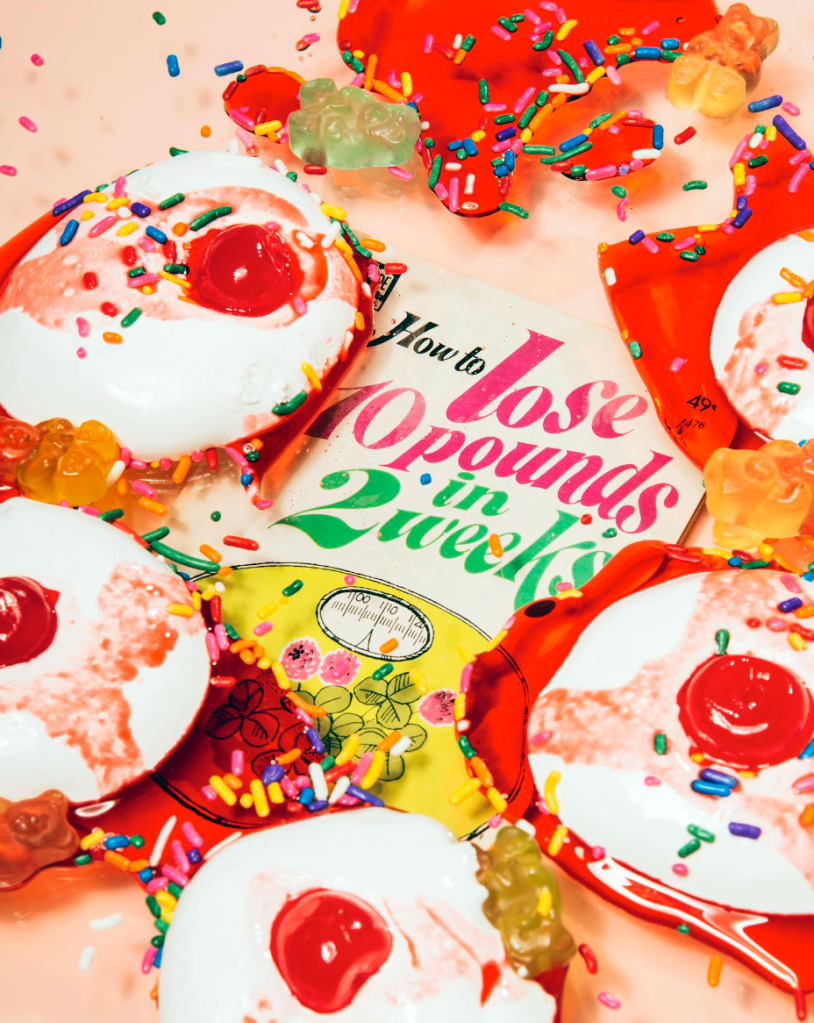
The Invisible Thread
As much as adverts are devised to sell aspirational lifestyles, they also present a reflection of the consumer; their beliefs, values and self worth. When this idea is taken into an artistic space, it is possible to present signs and symbols that begin to reflect social ideas that exist within a particular time and place. This establishes a subjective commentary that reveals truth about the audience and cultural aspirations.
Thomas Albdorf is a photographer that explores this relationship using both commercial and artistic platforms. Although the objects appear in isolation to their owners, the nature of the compositions present indexical traces that create a sense of presence. Materials feature heavily within the composition, creating sculptural elements that feed into the way that the objects carry themselves within the frame. The textured backdrops and supporting set pieces provide clues about the viewer, revealing in layers, the manner in which they live, have lived and aspire to live.
